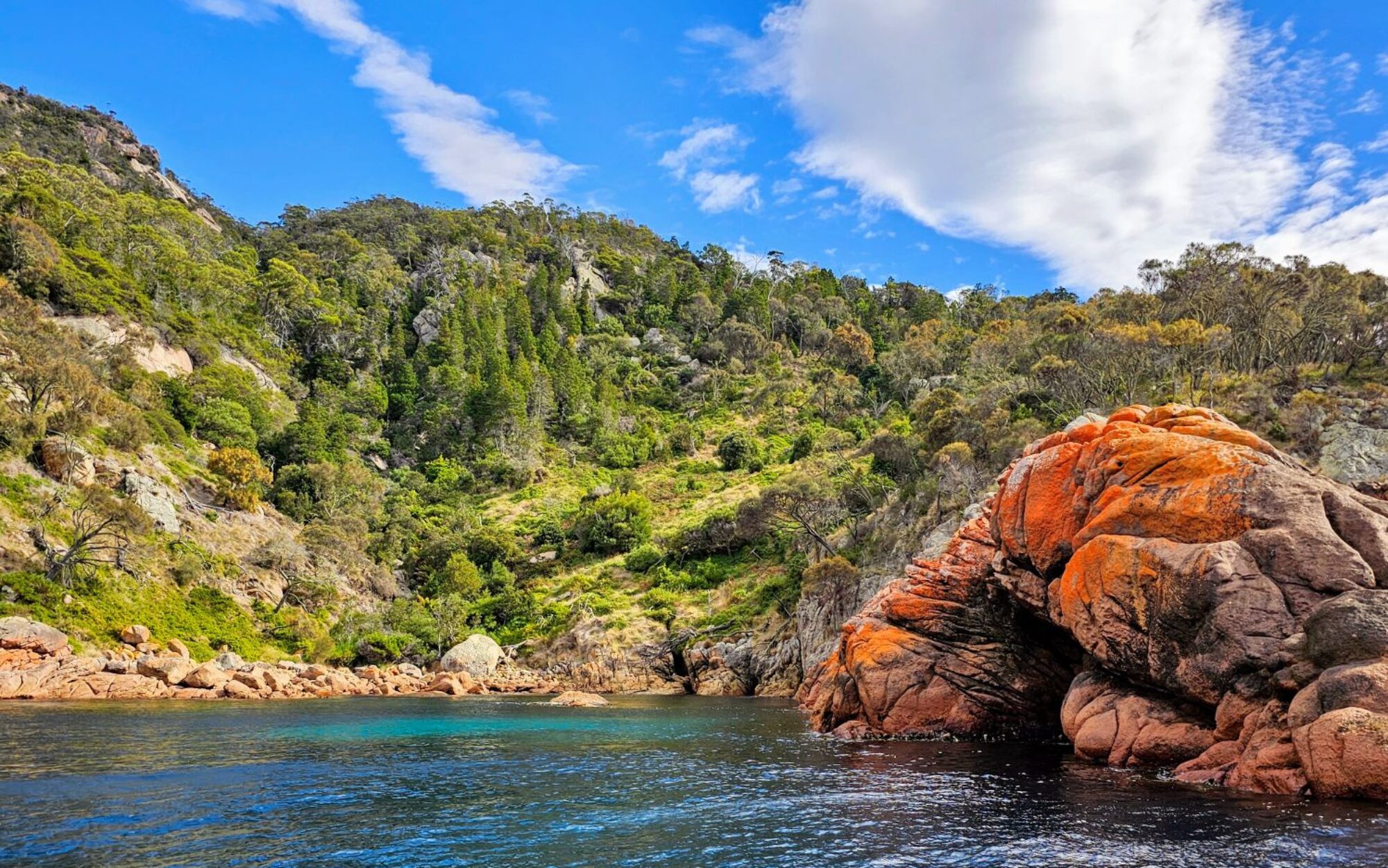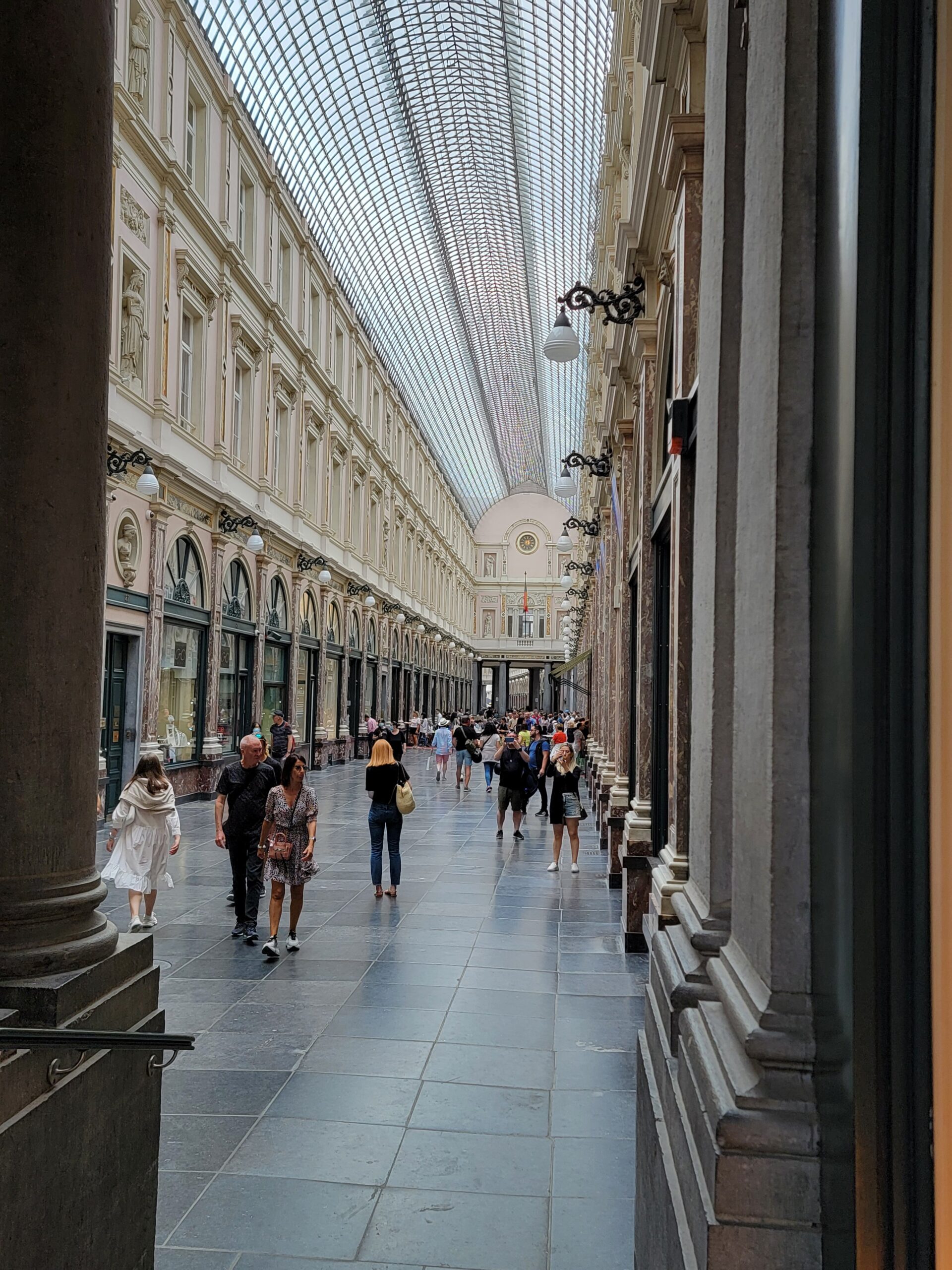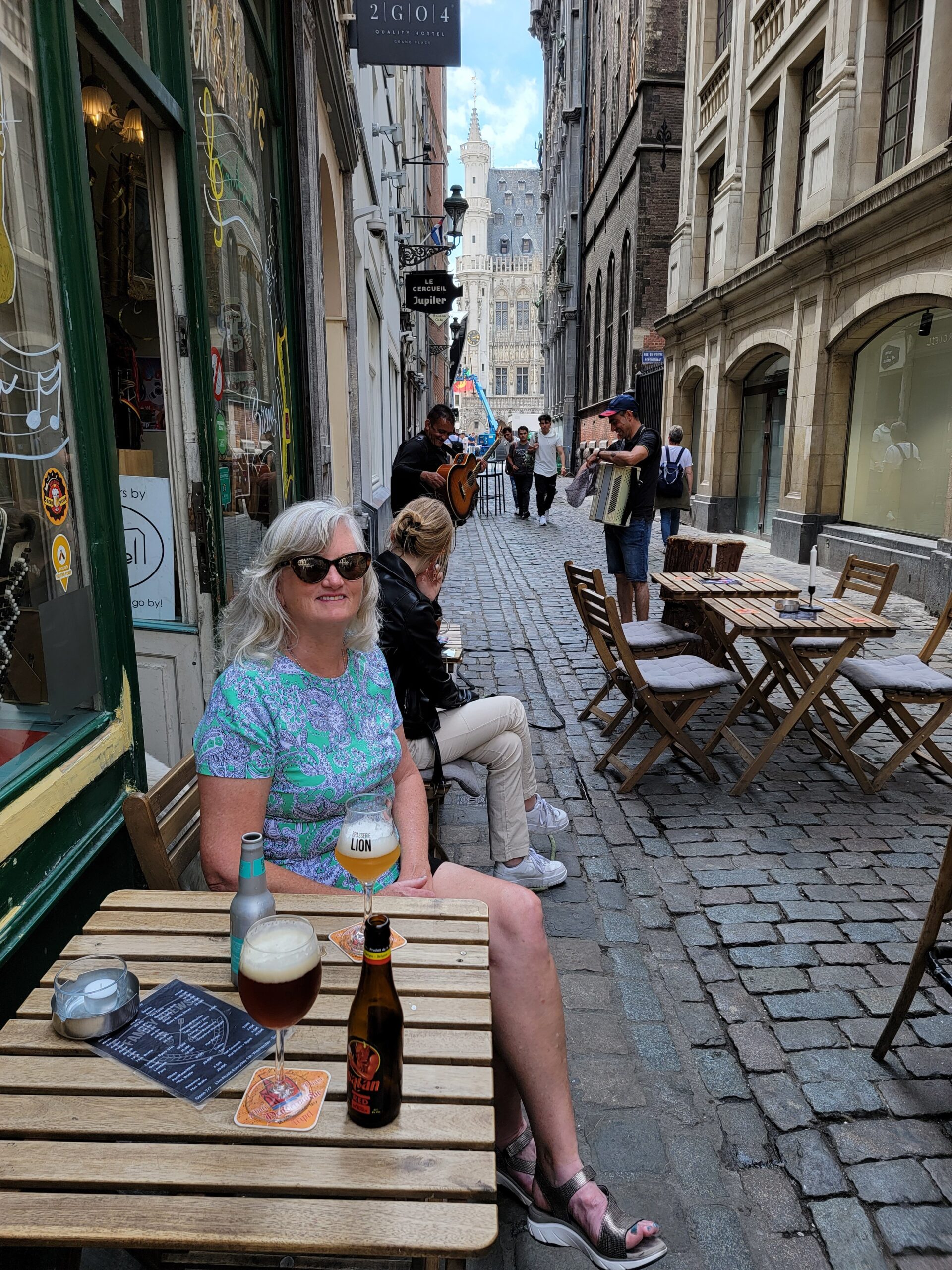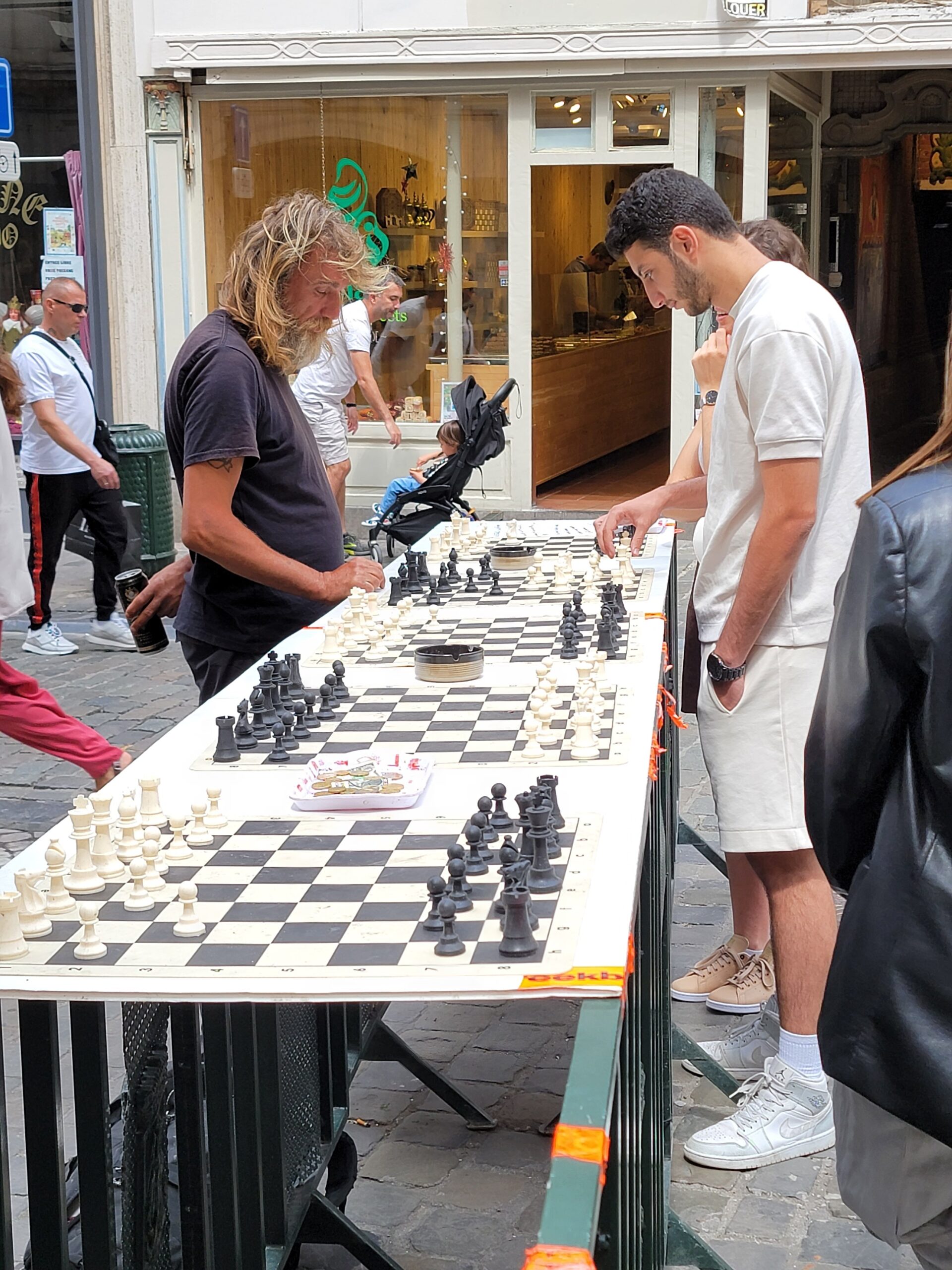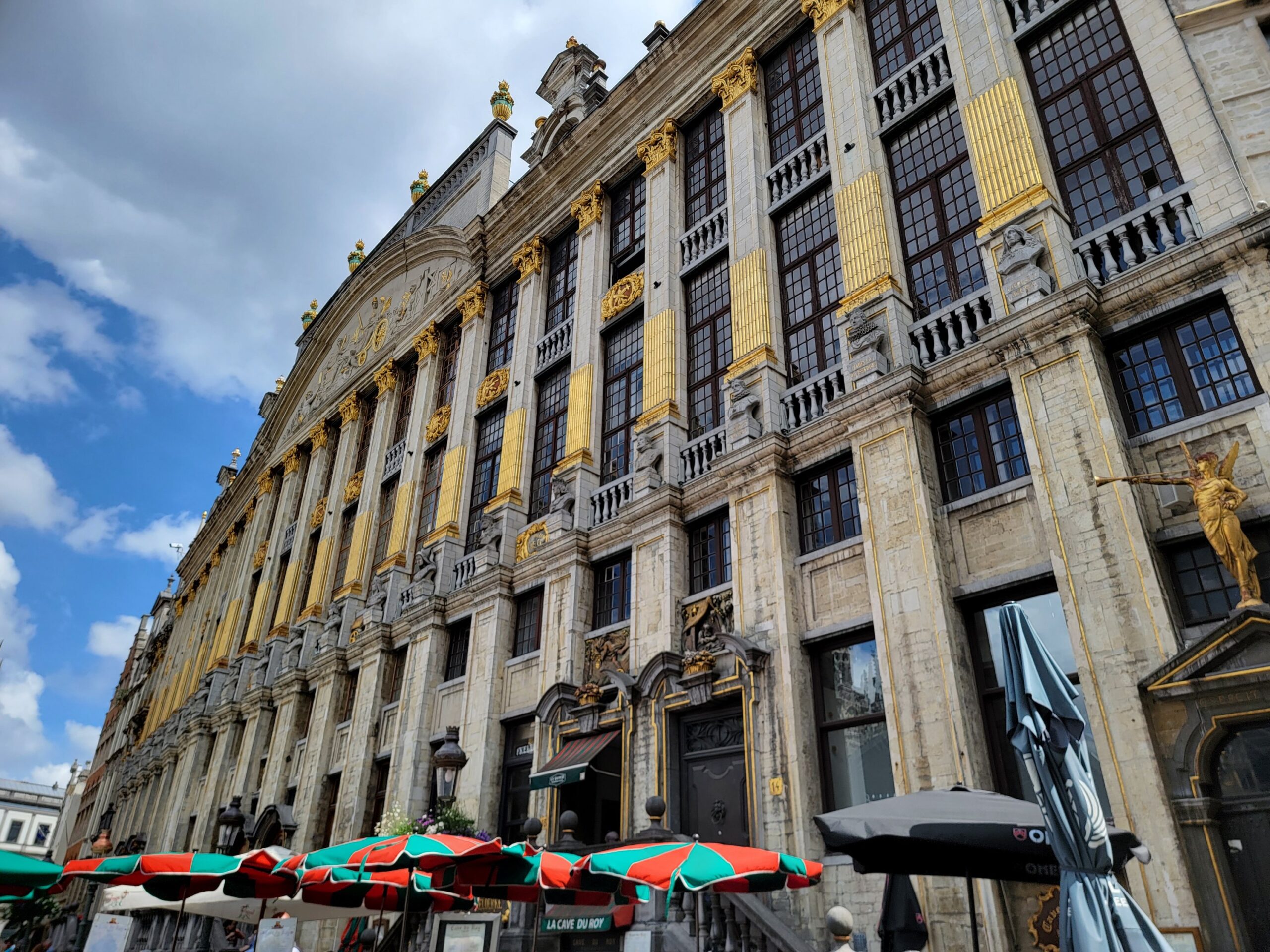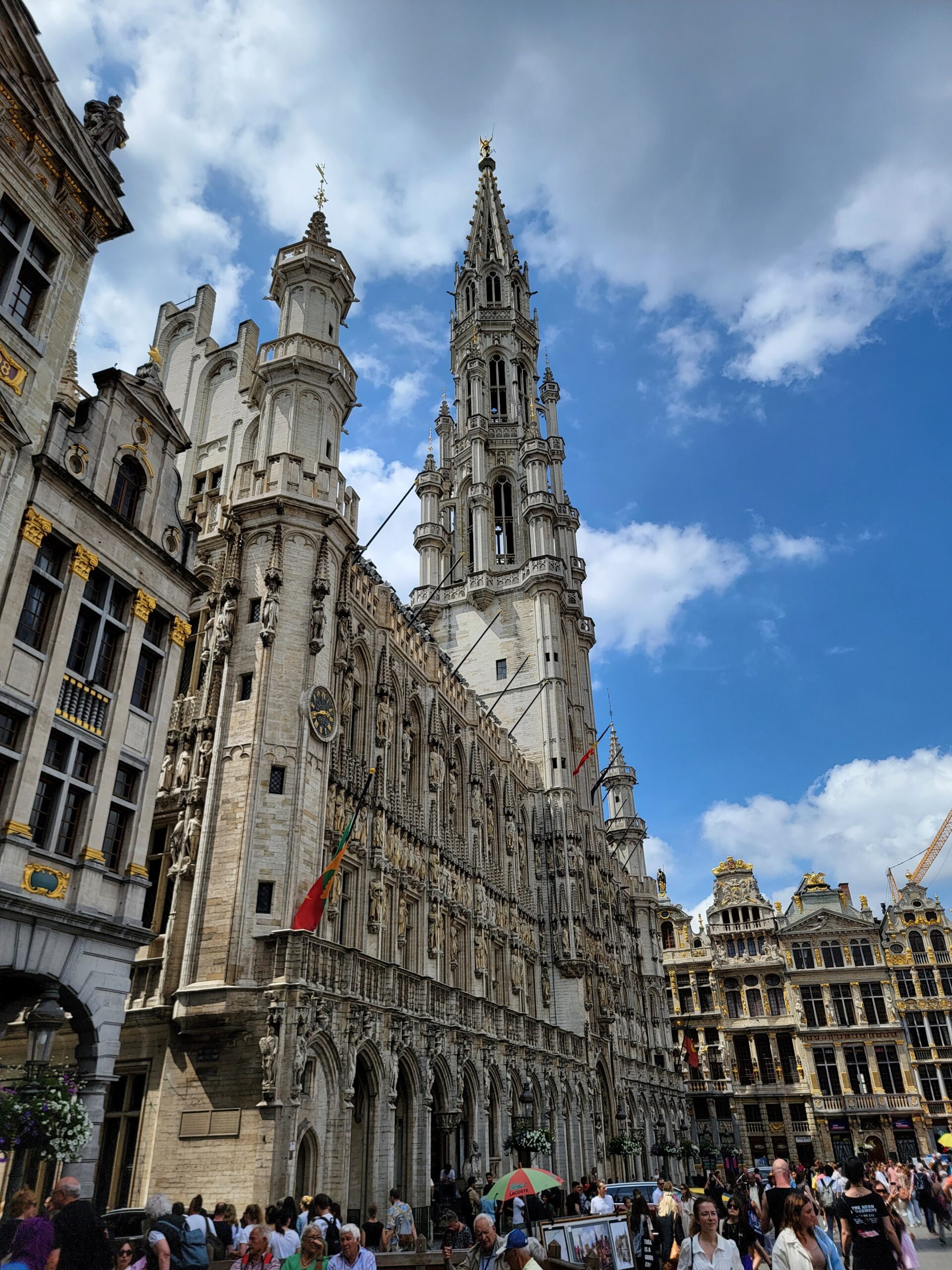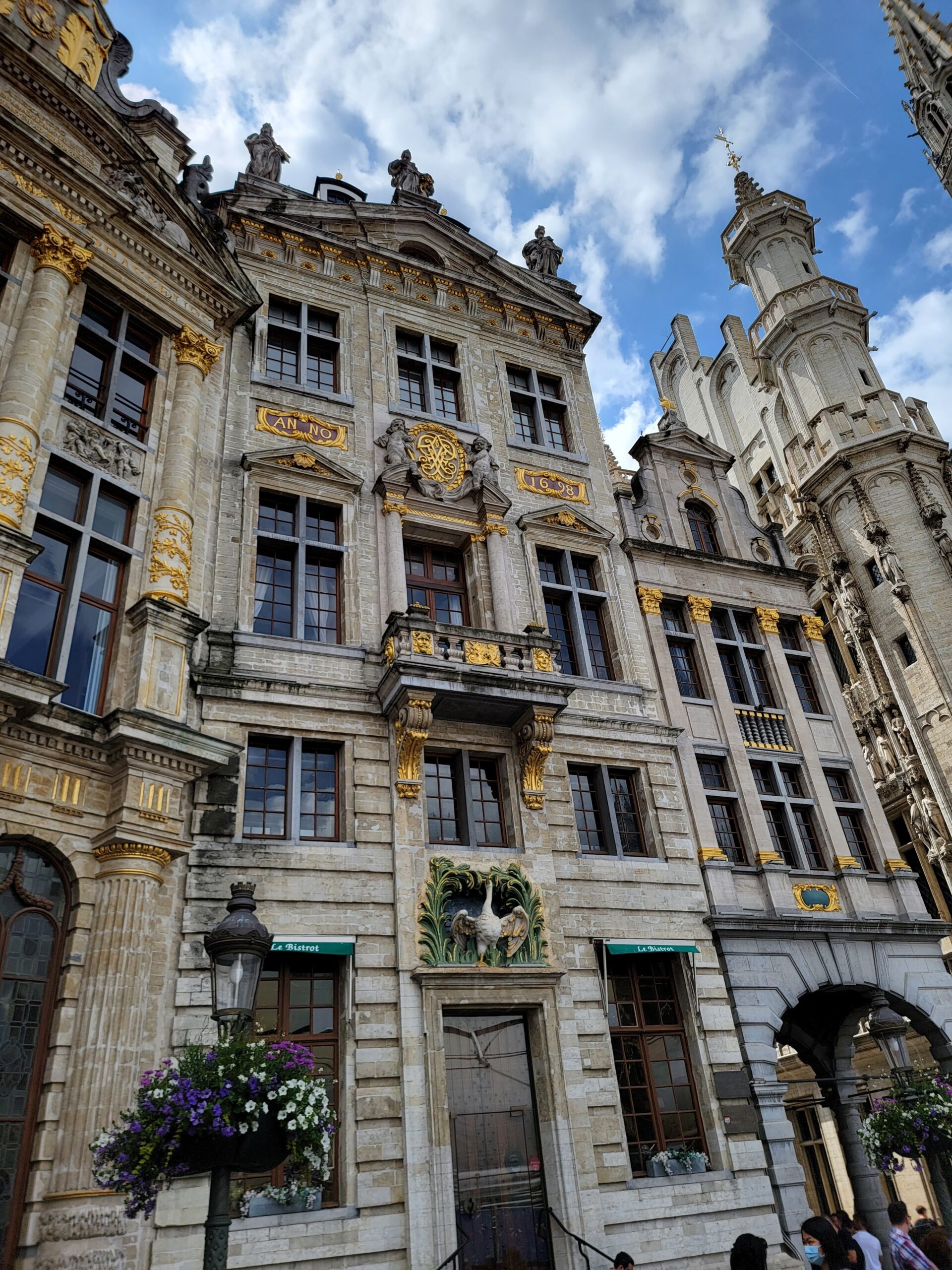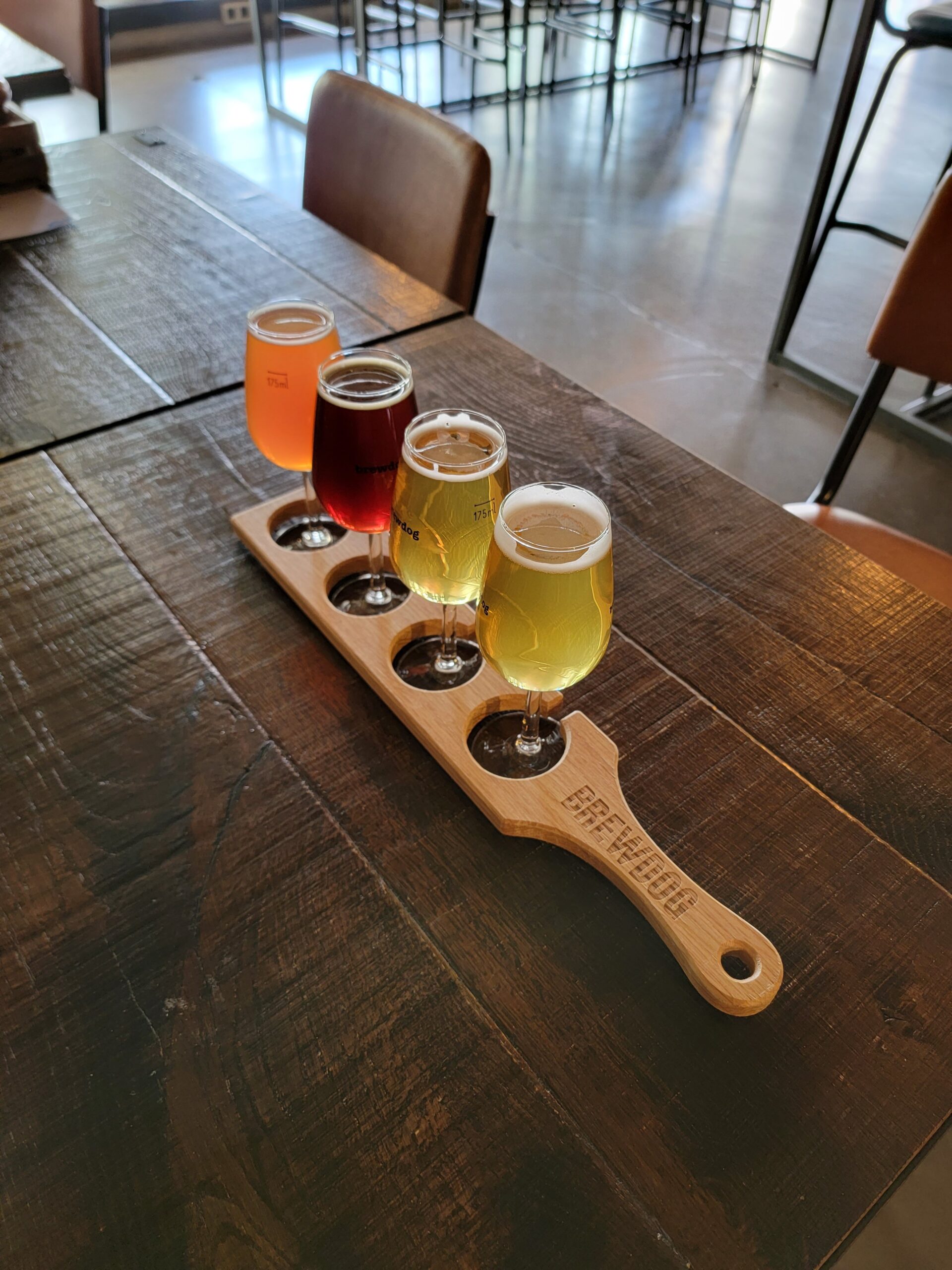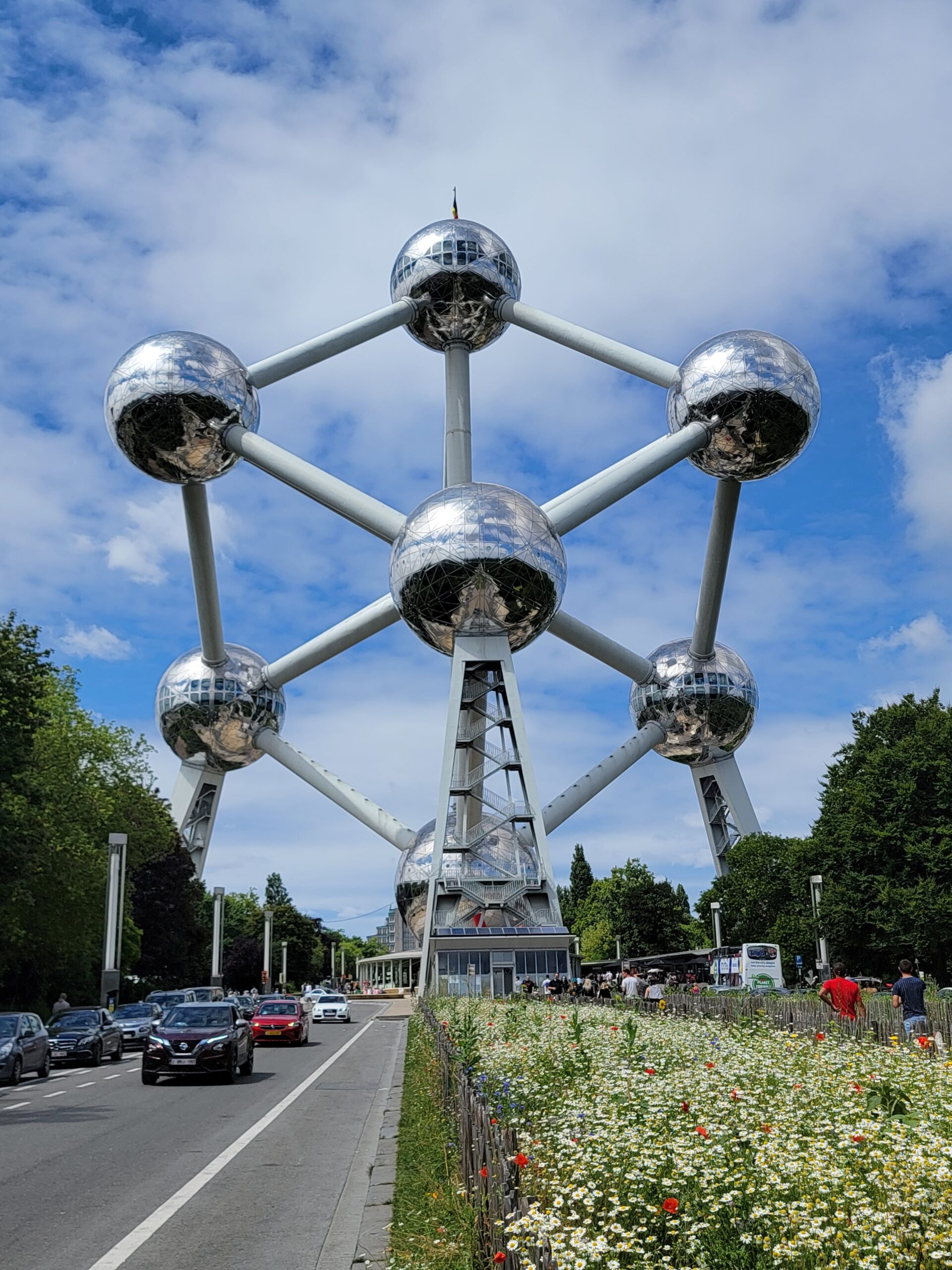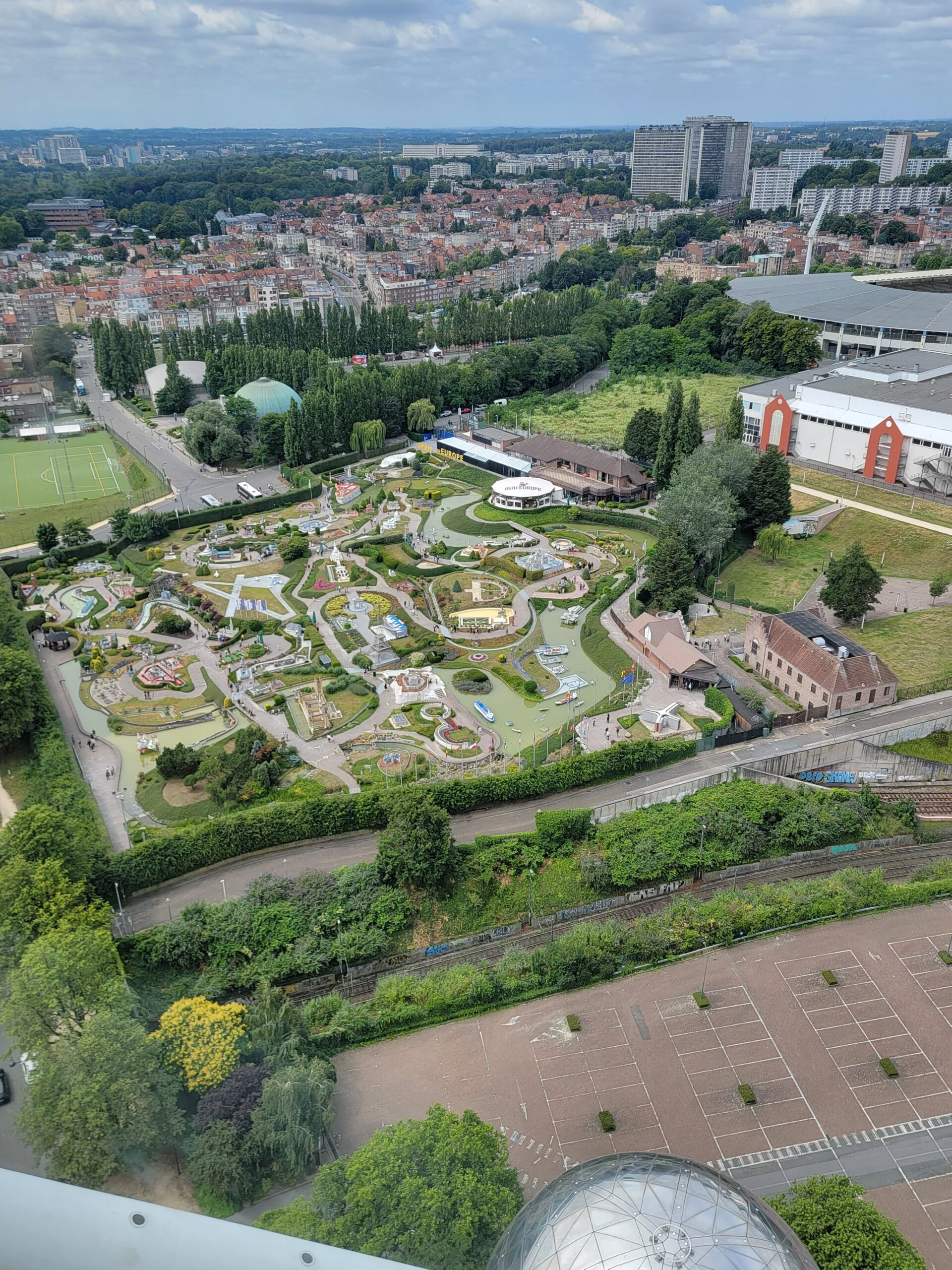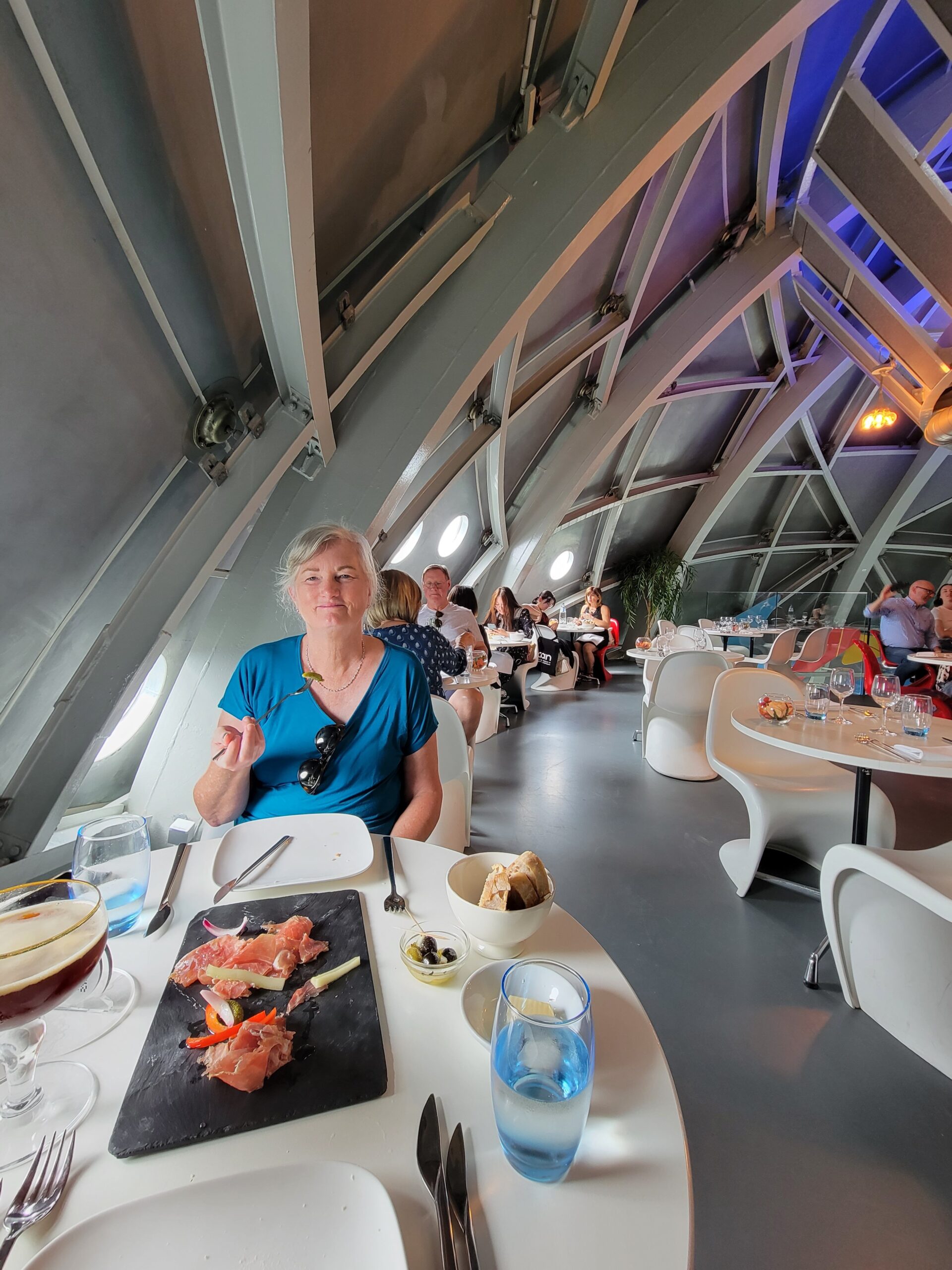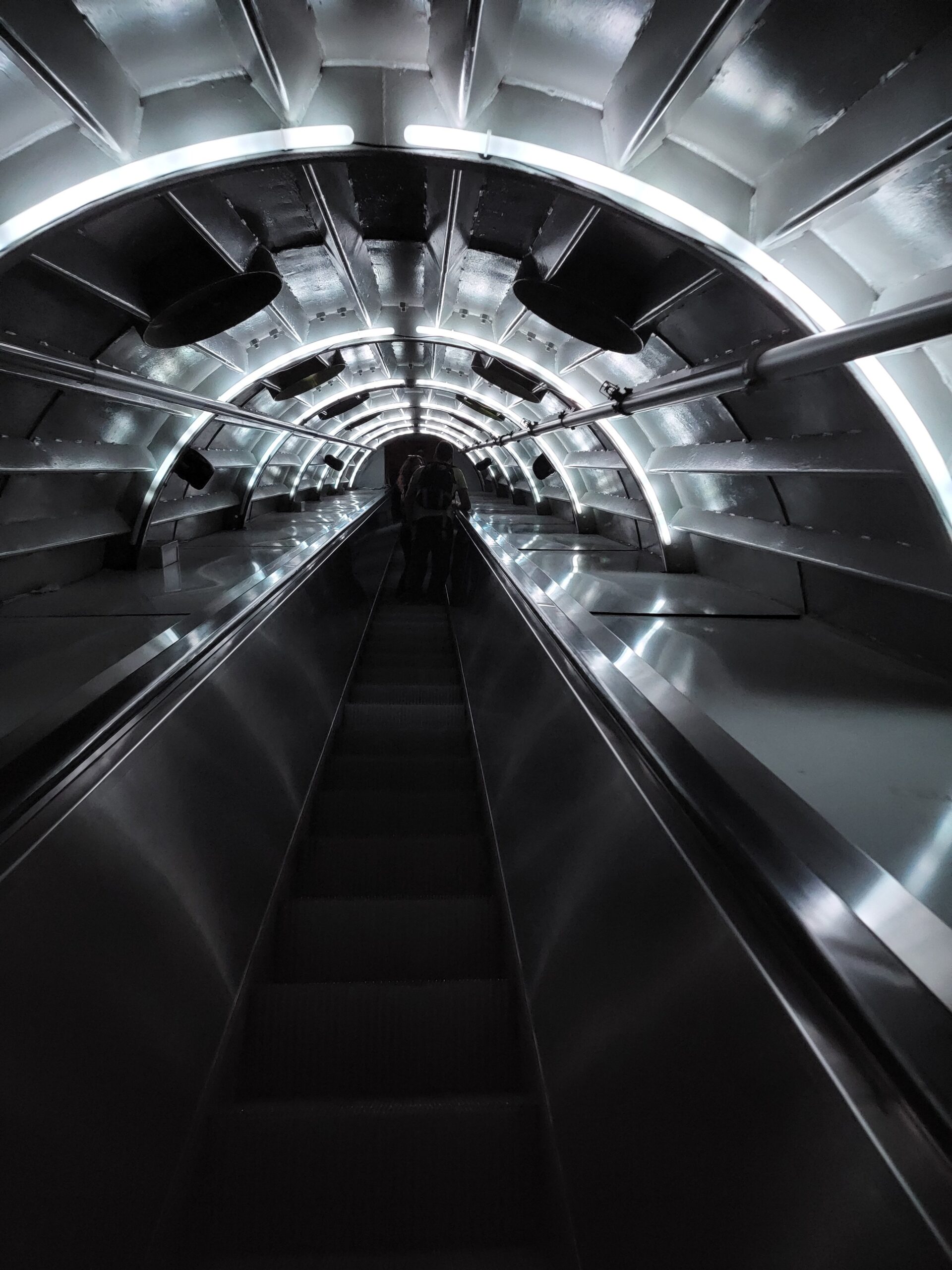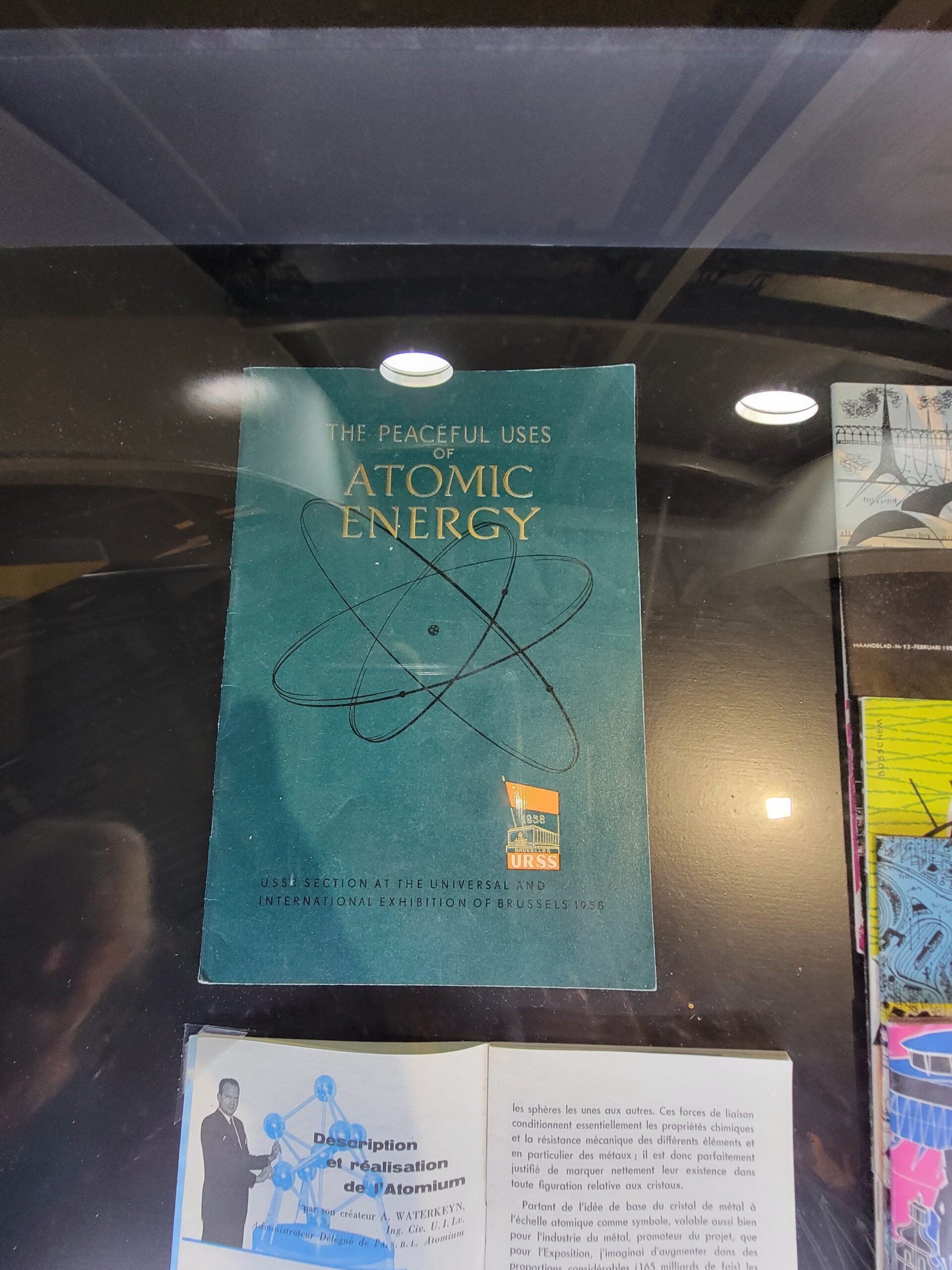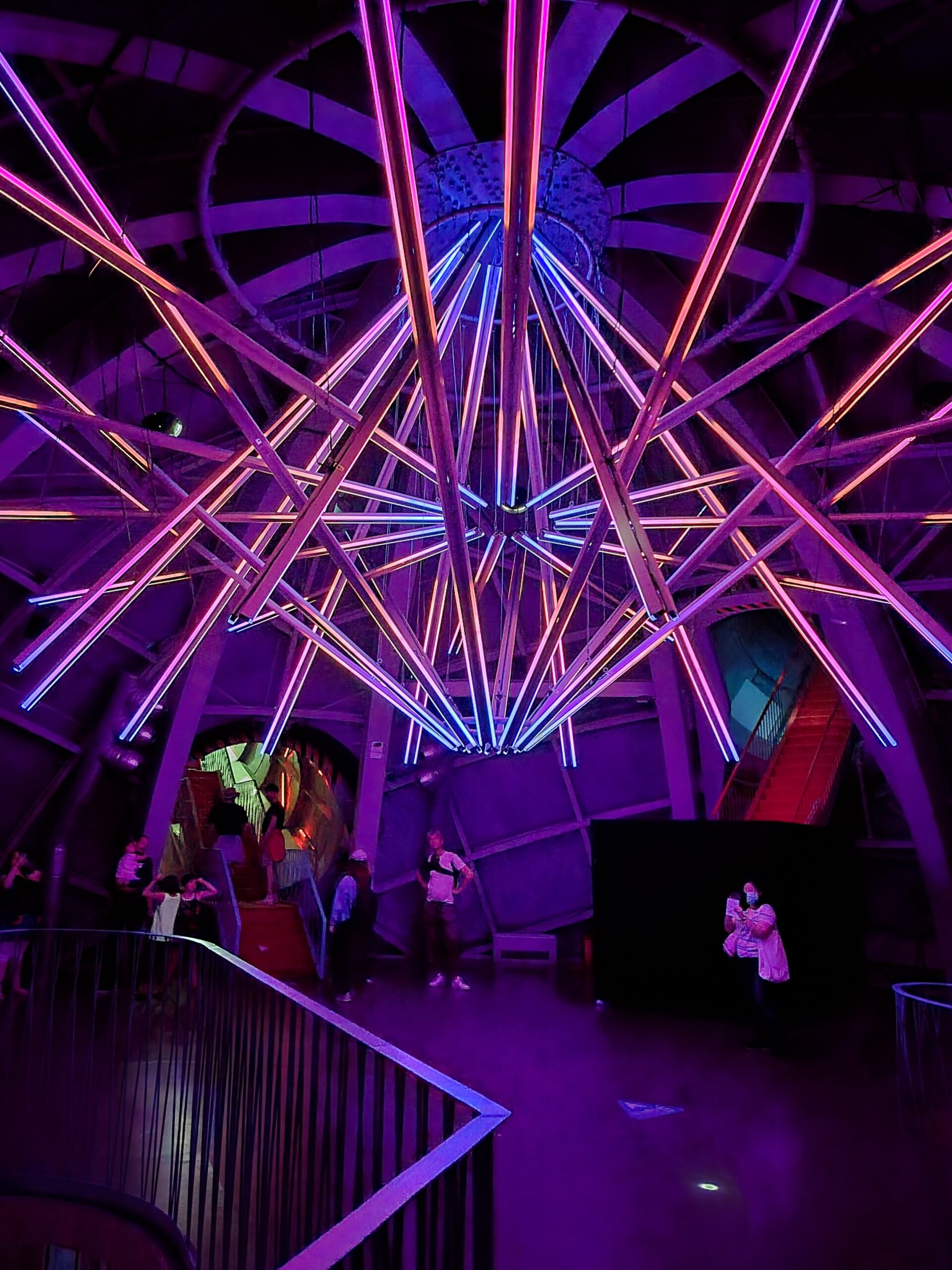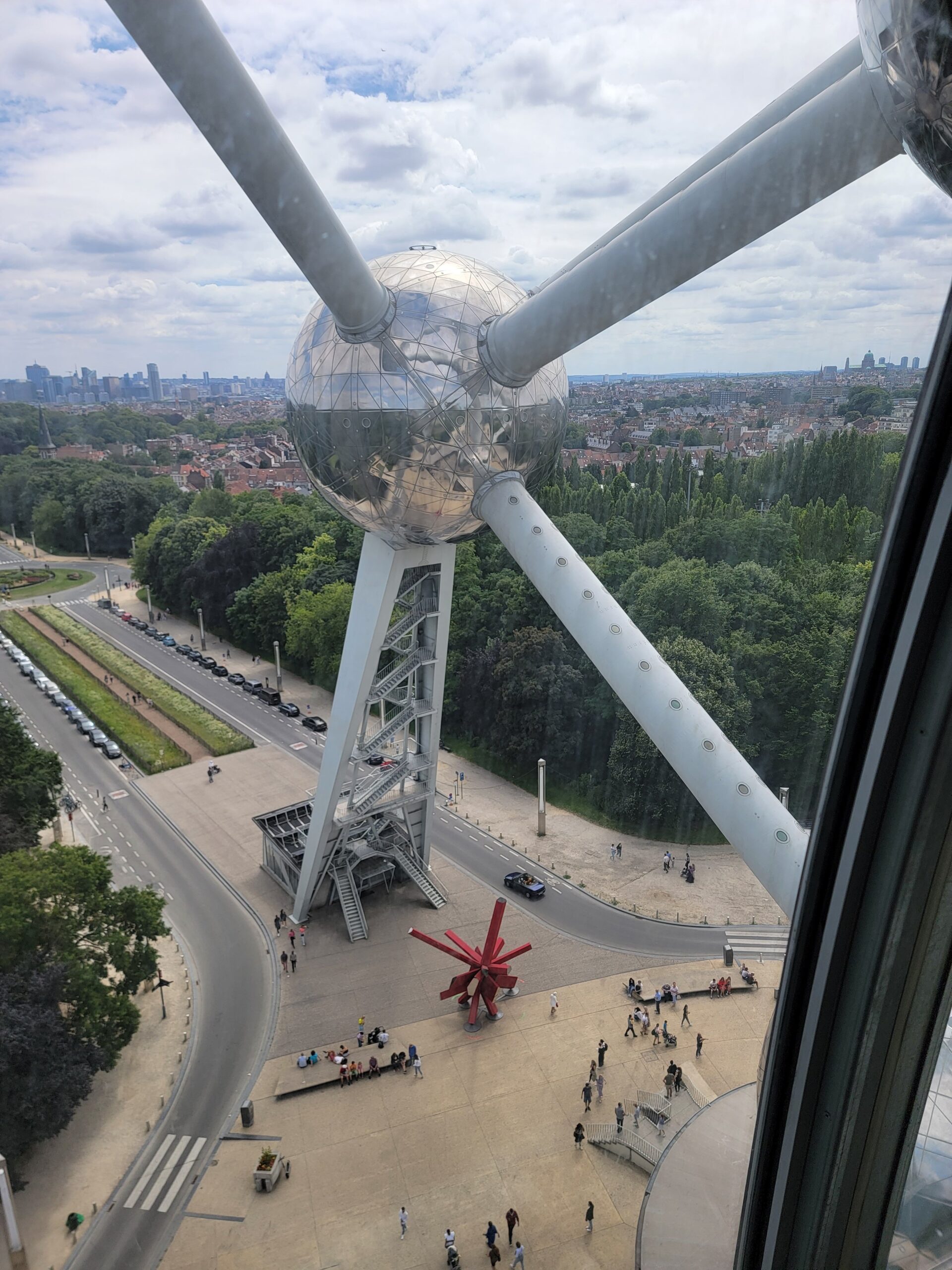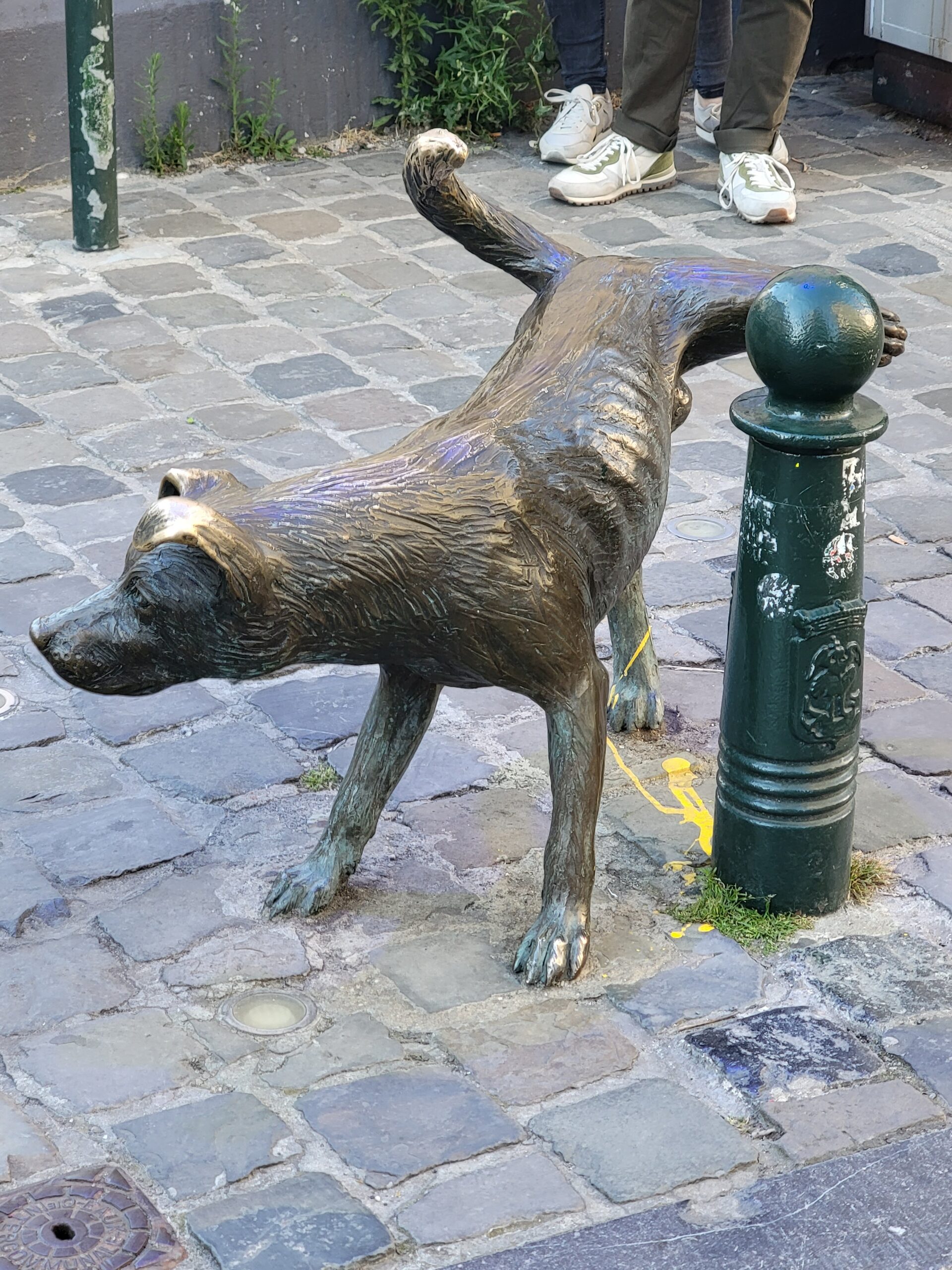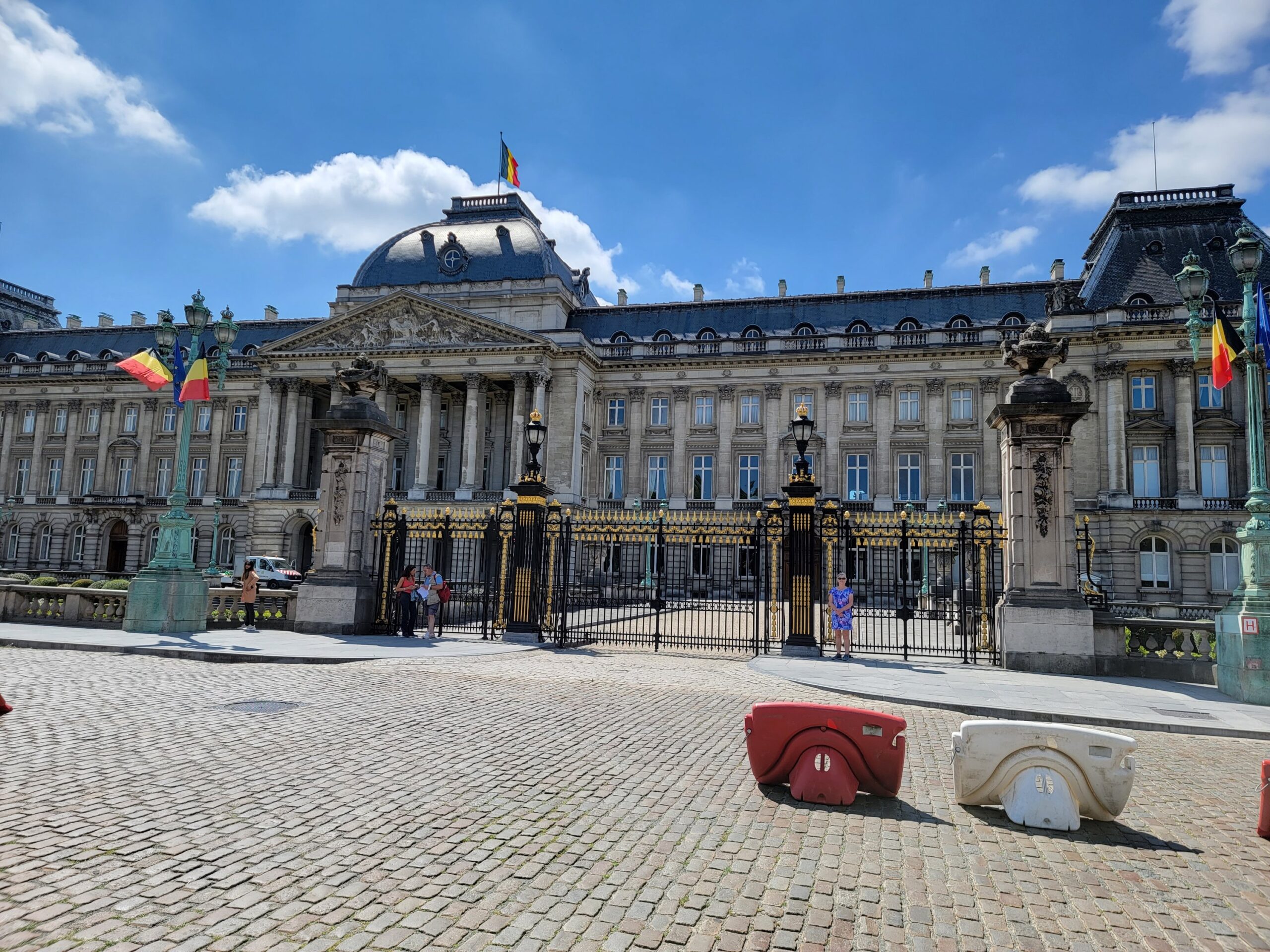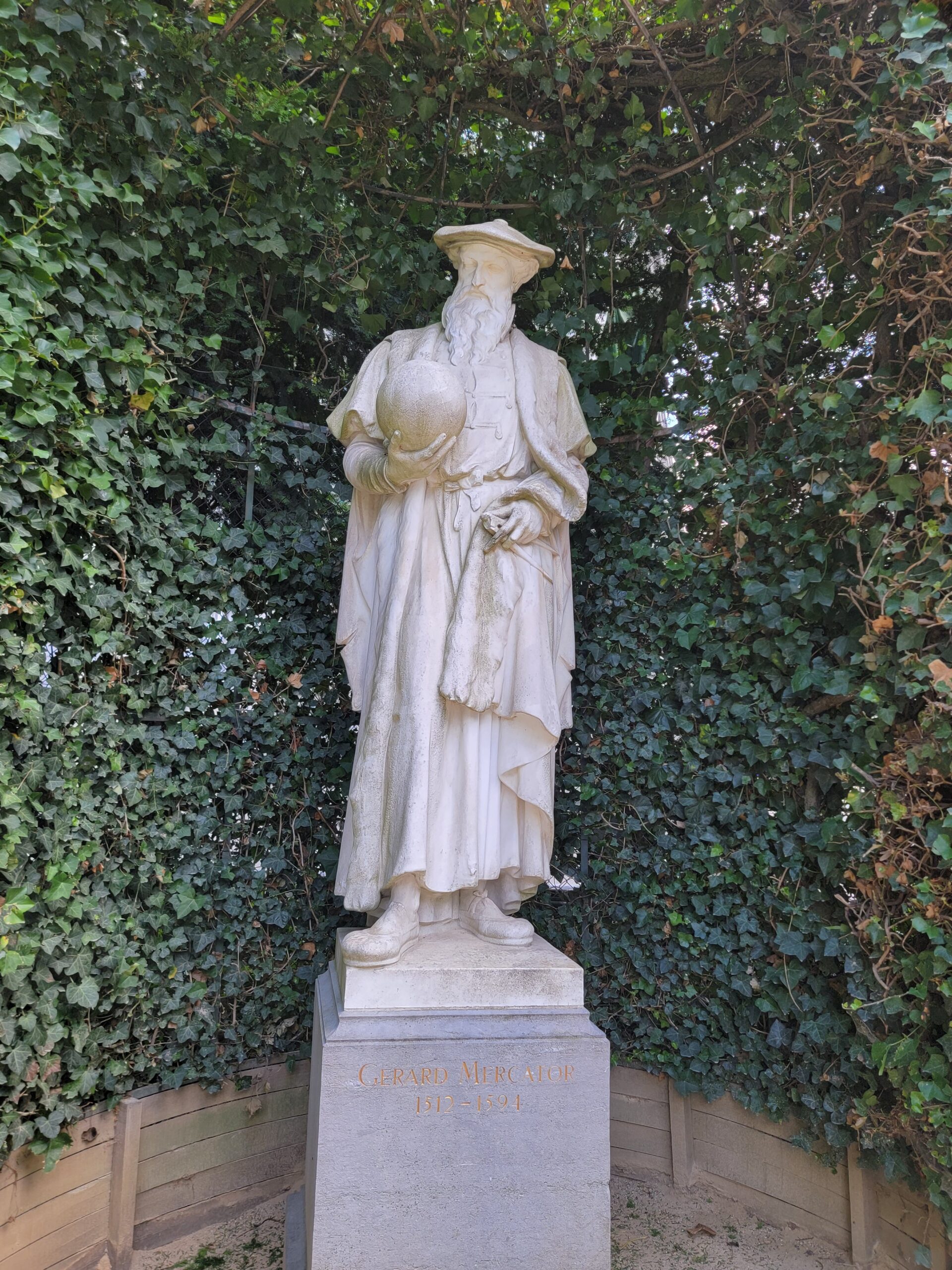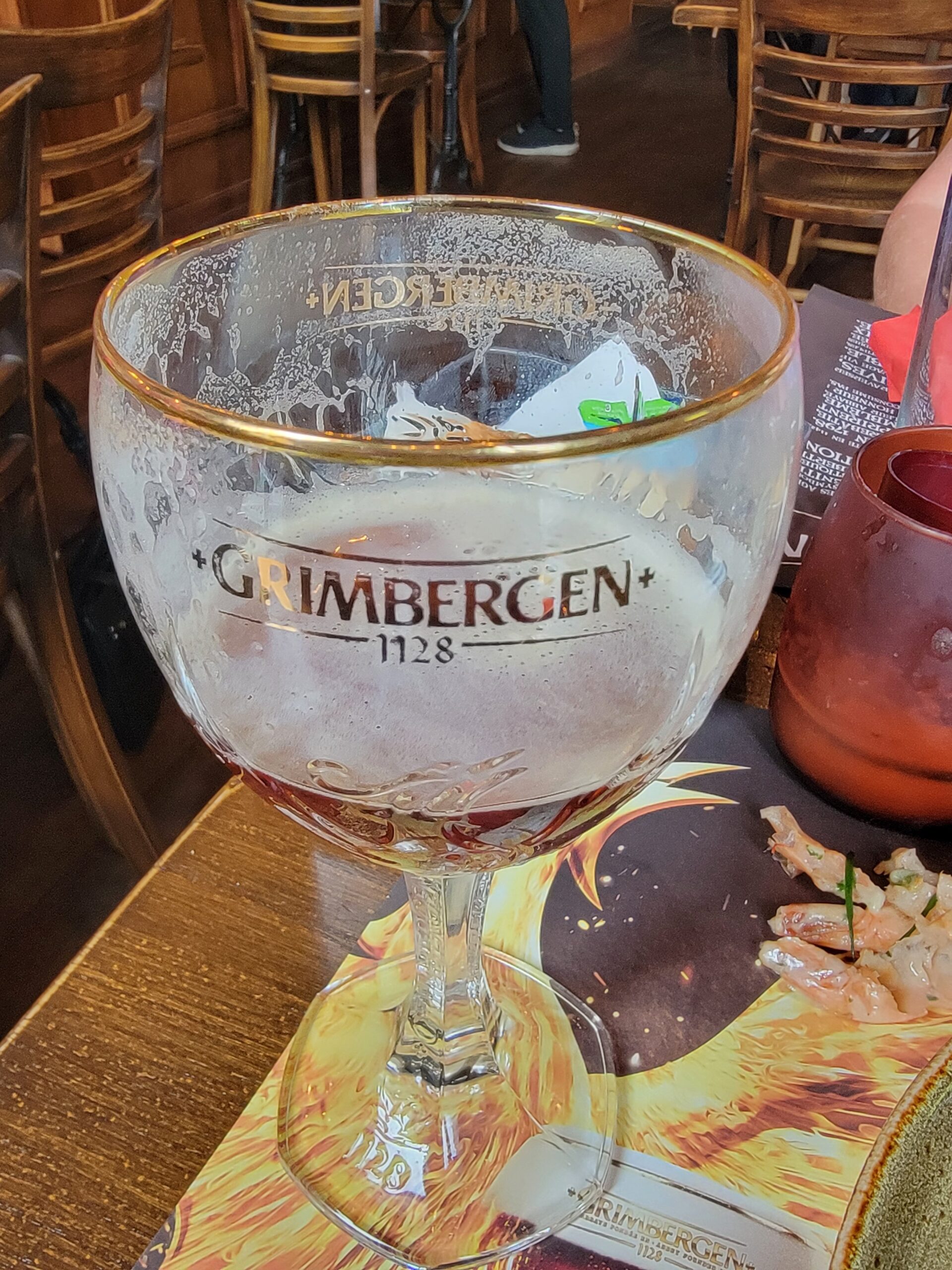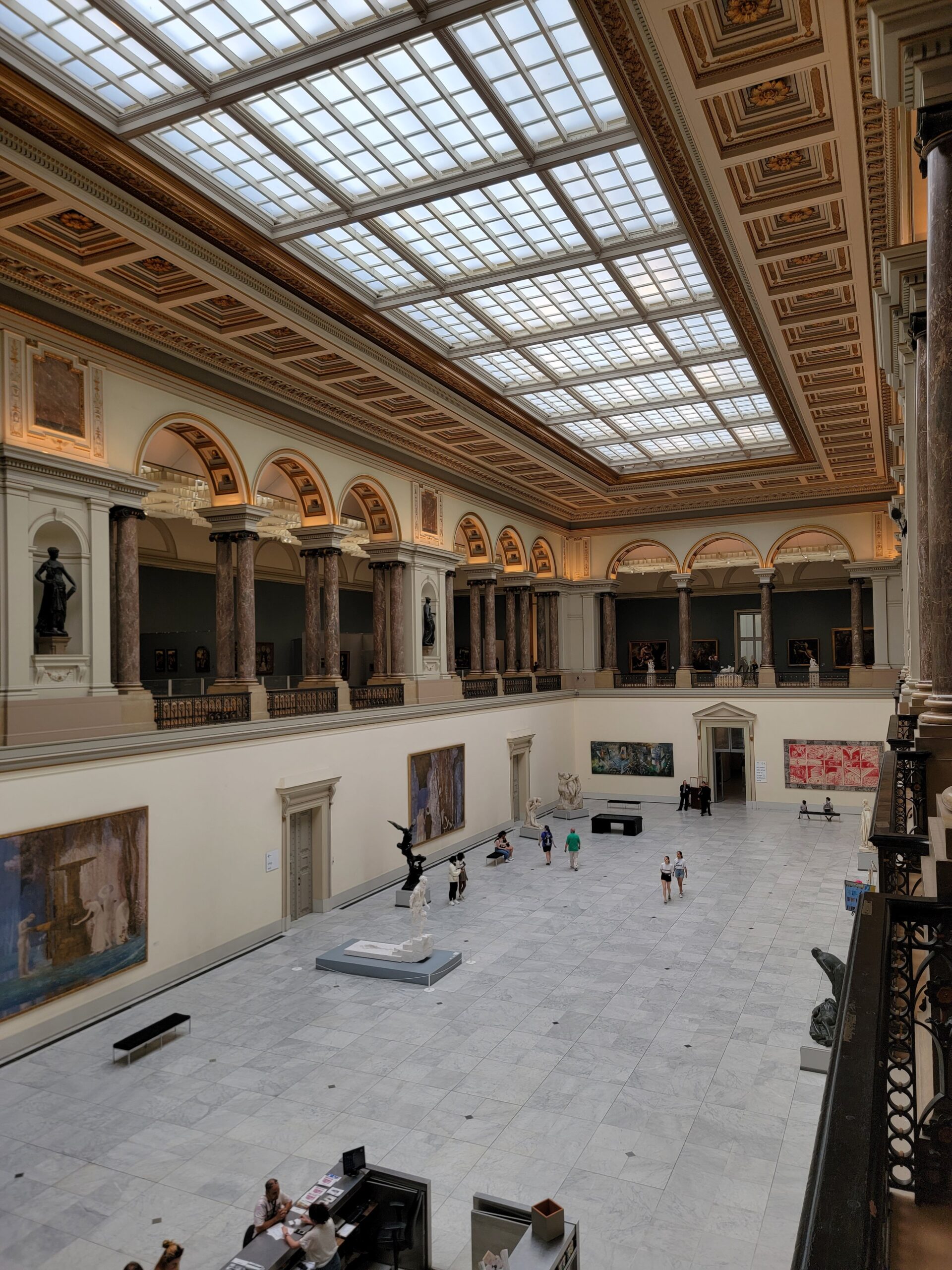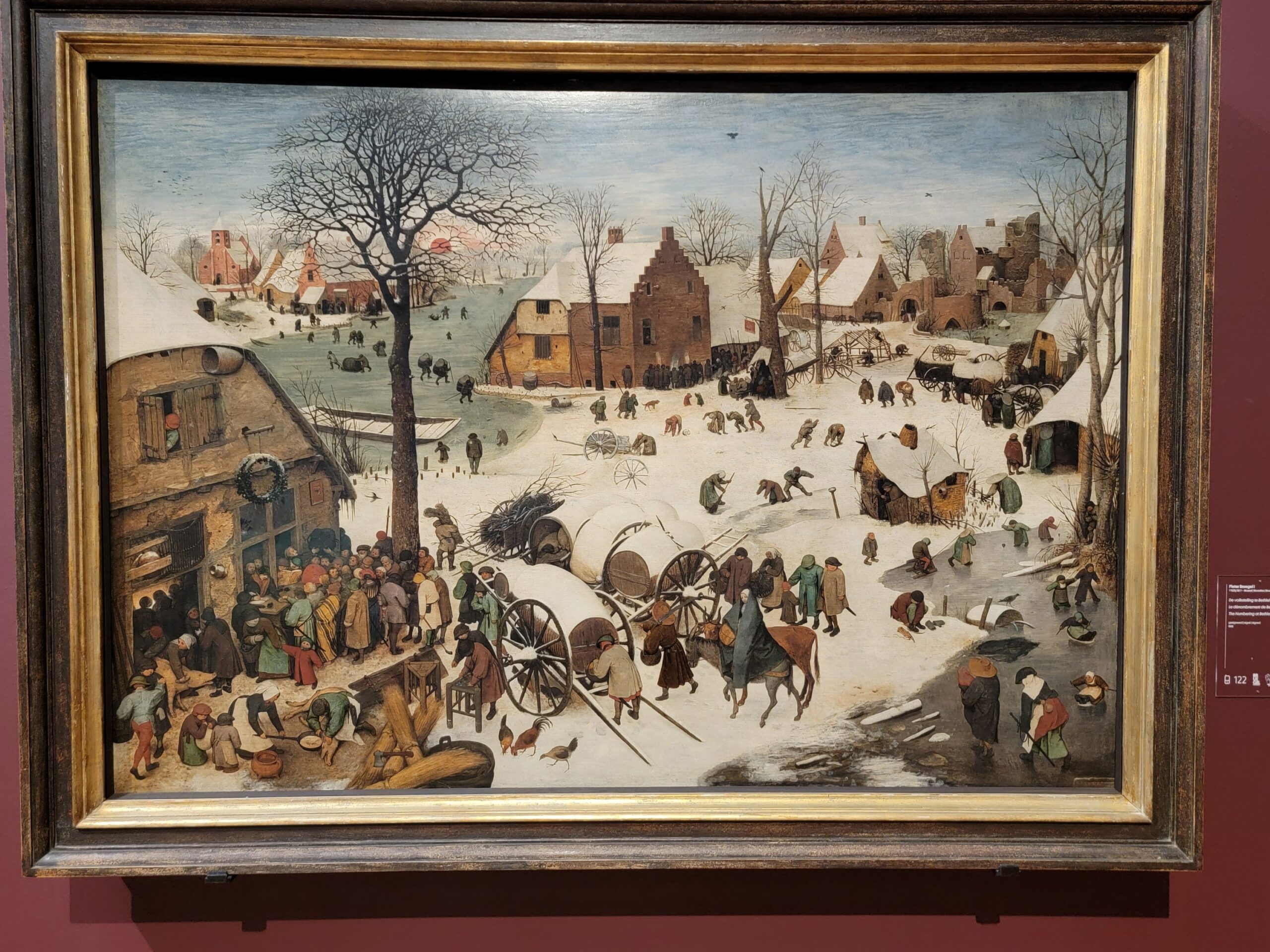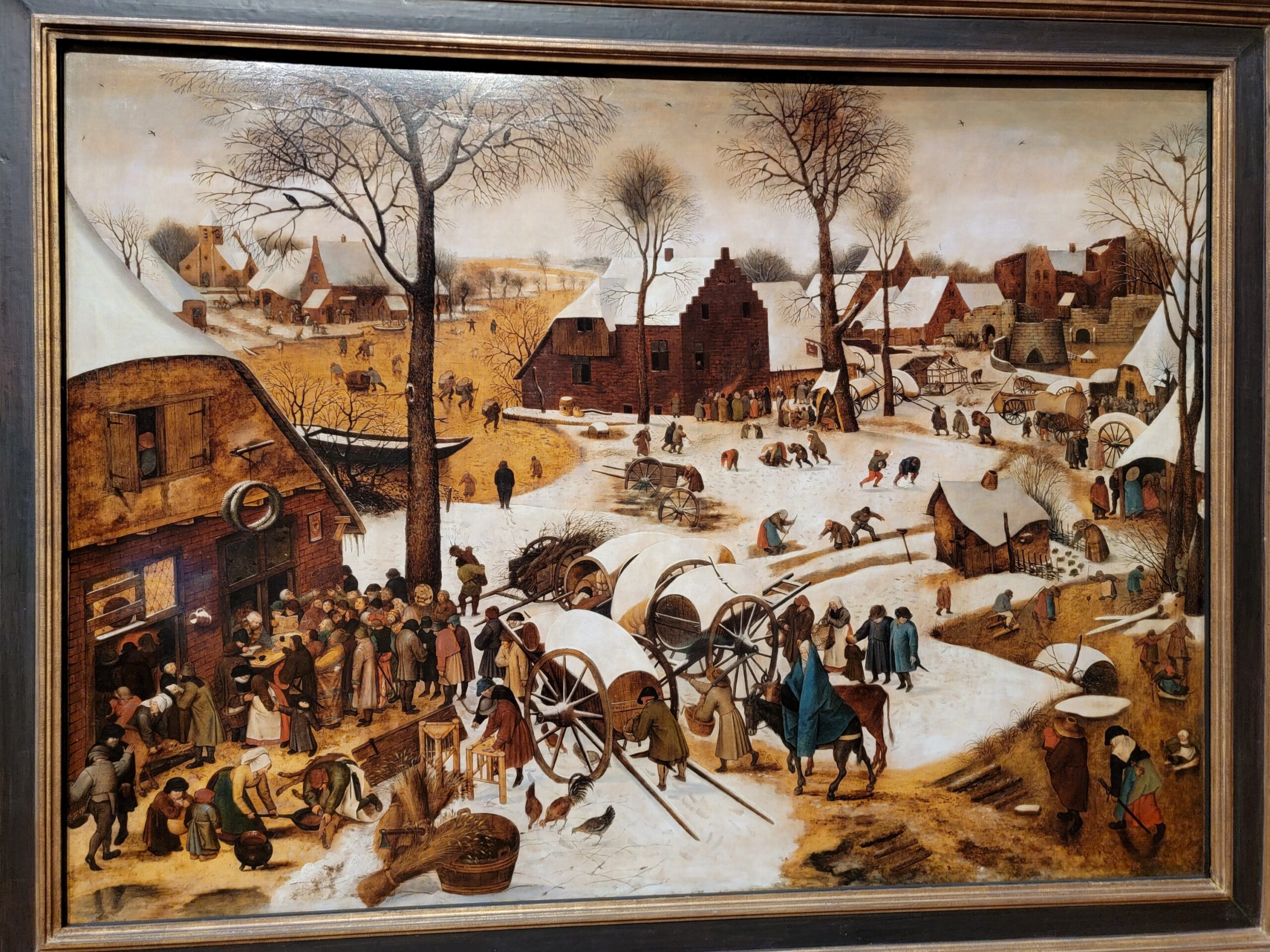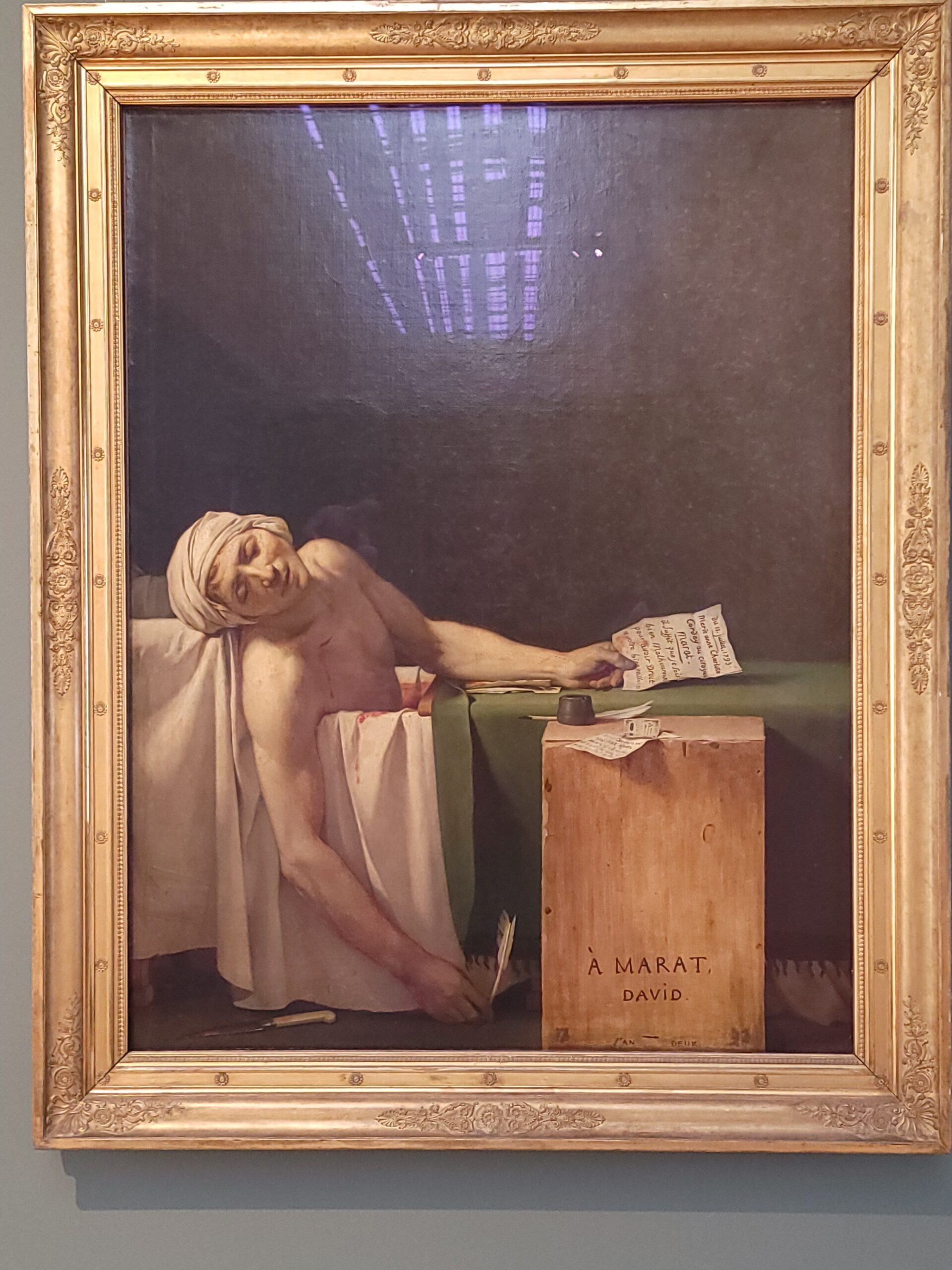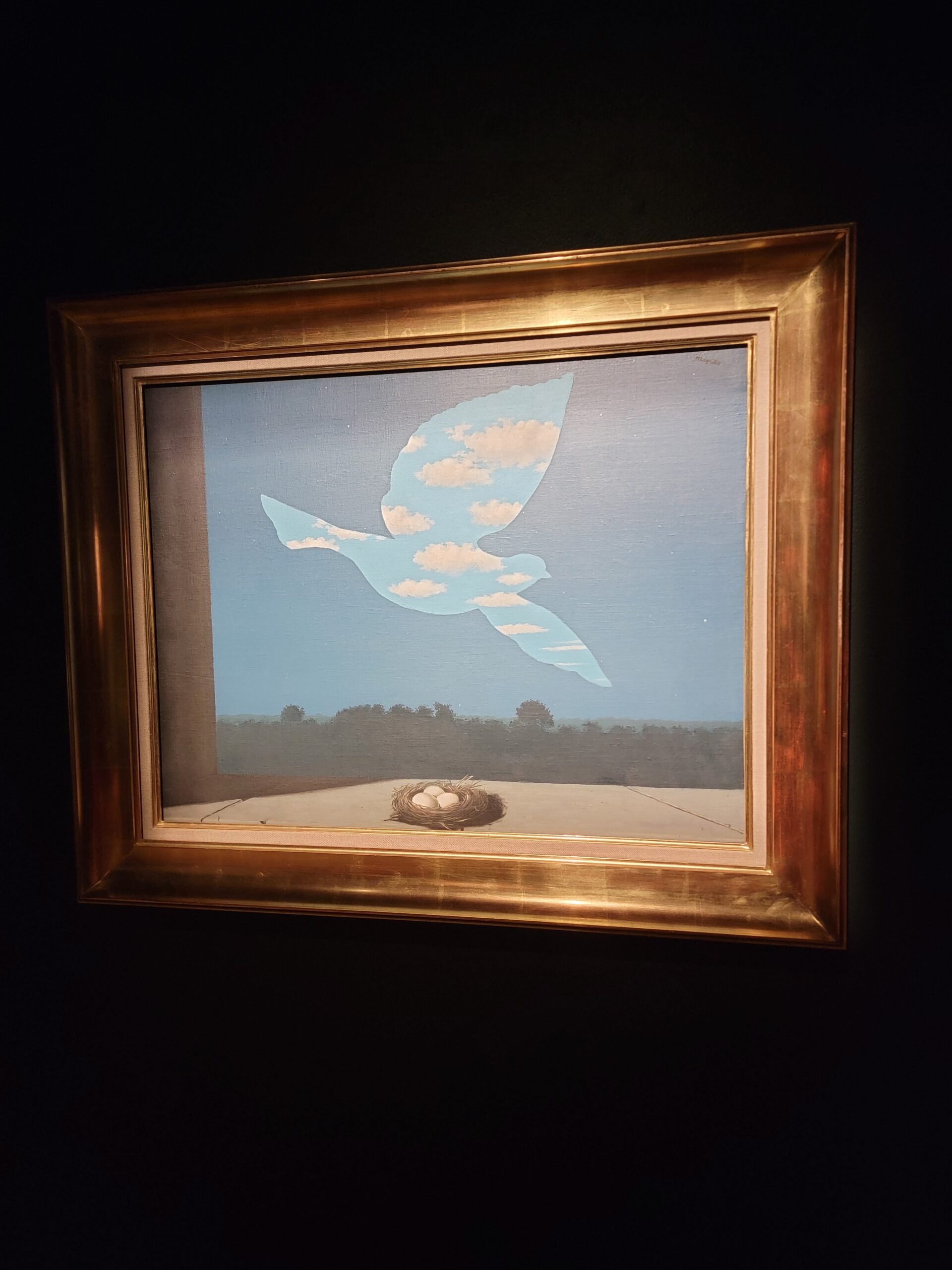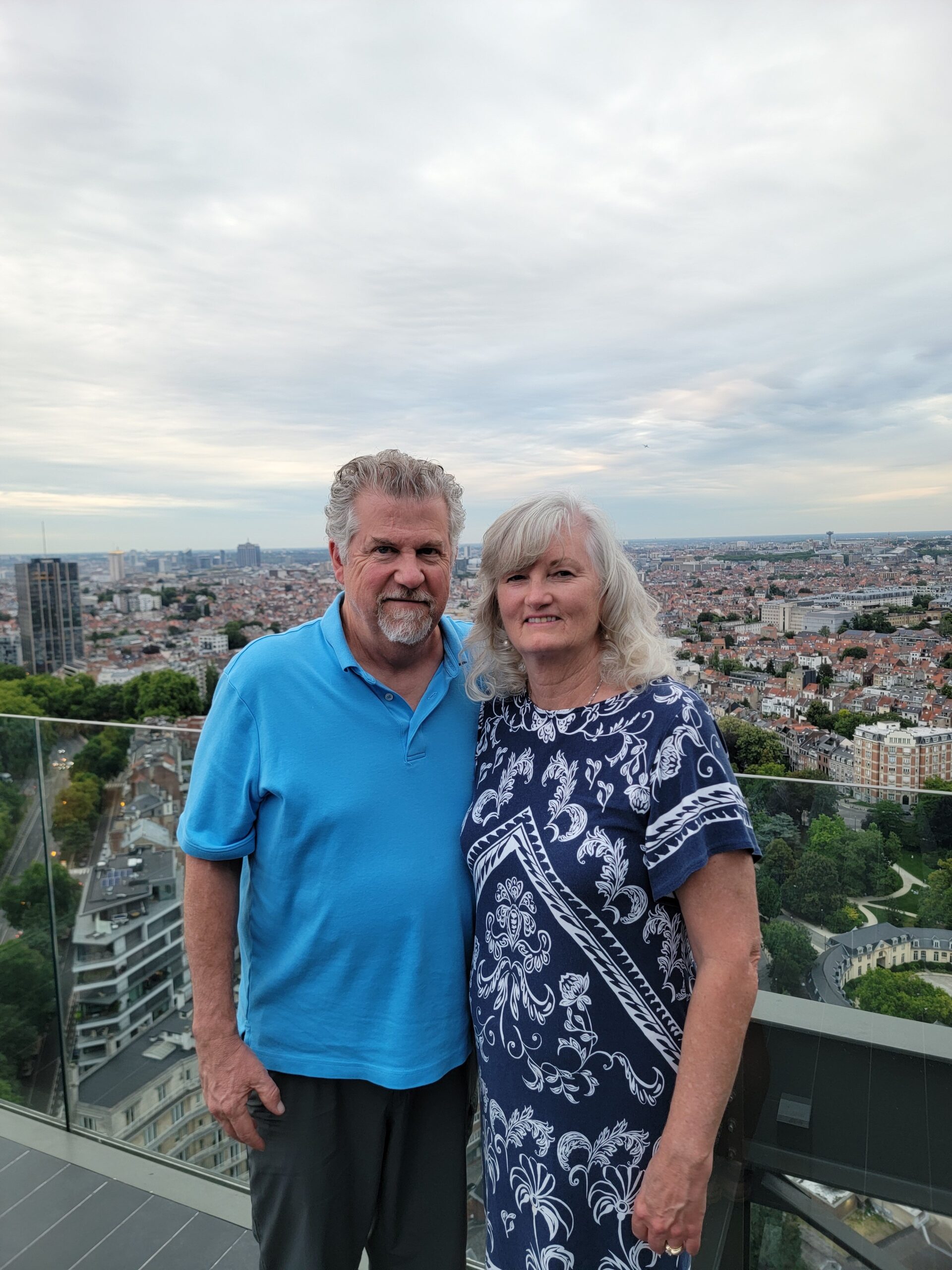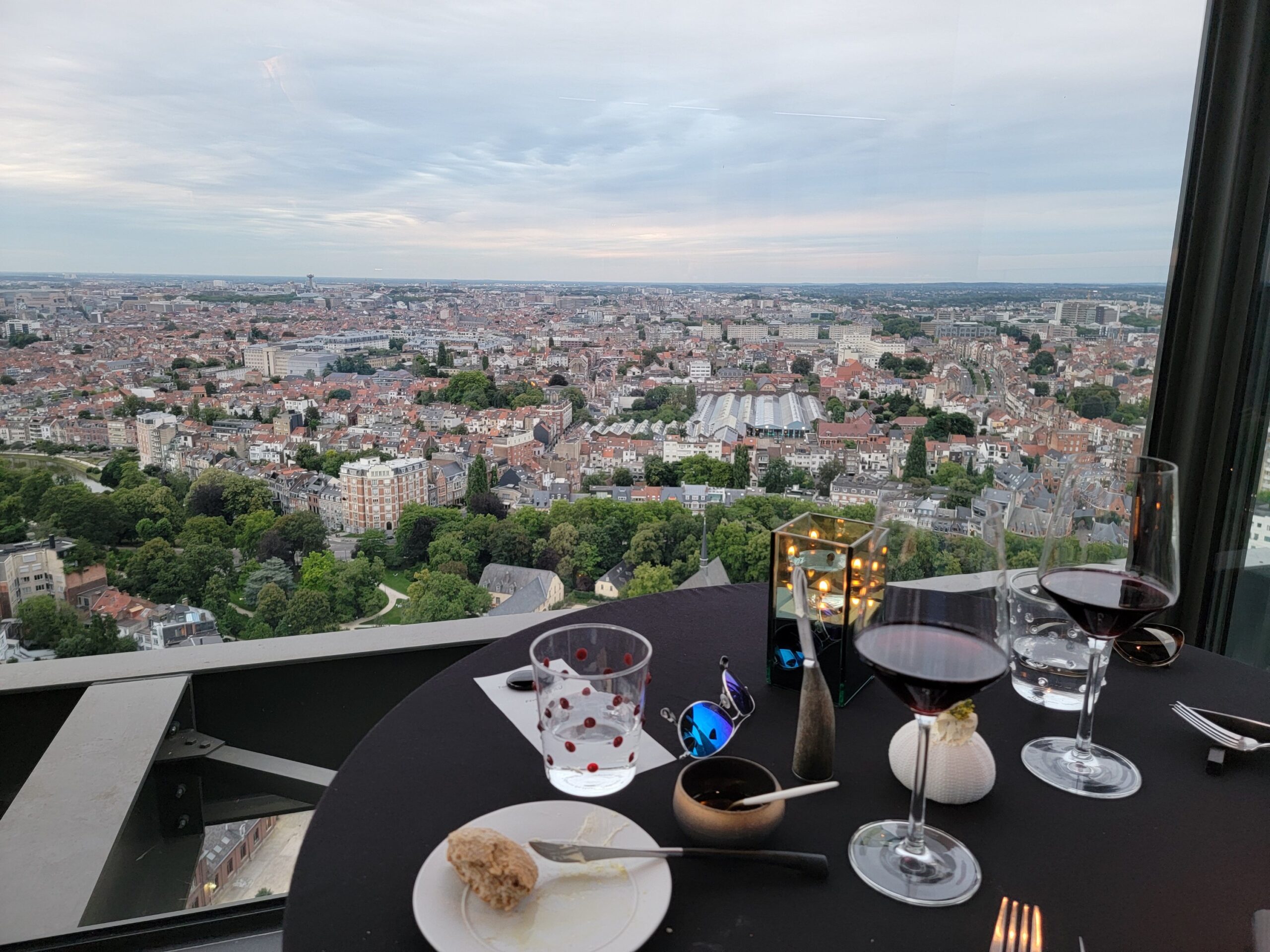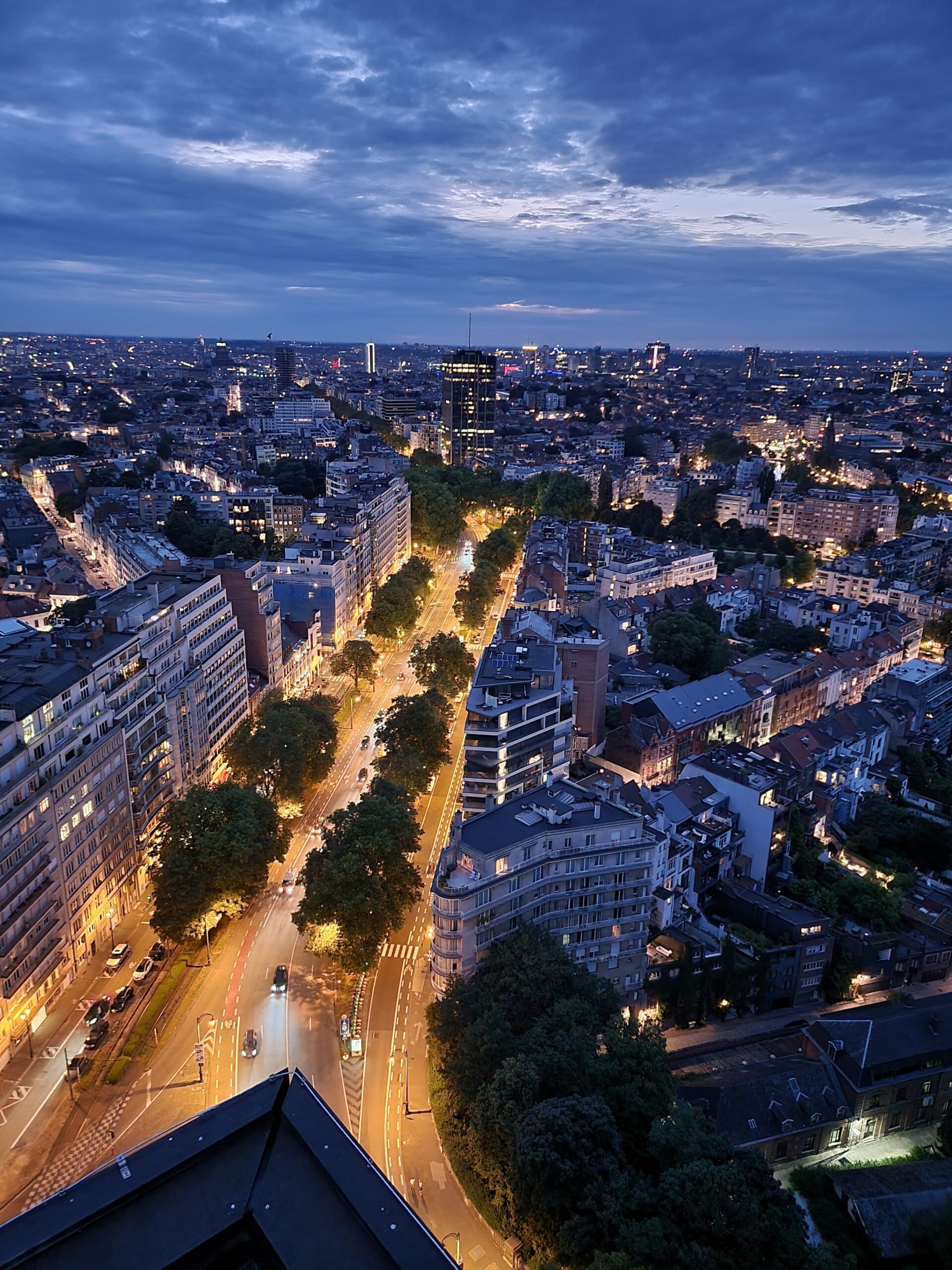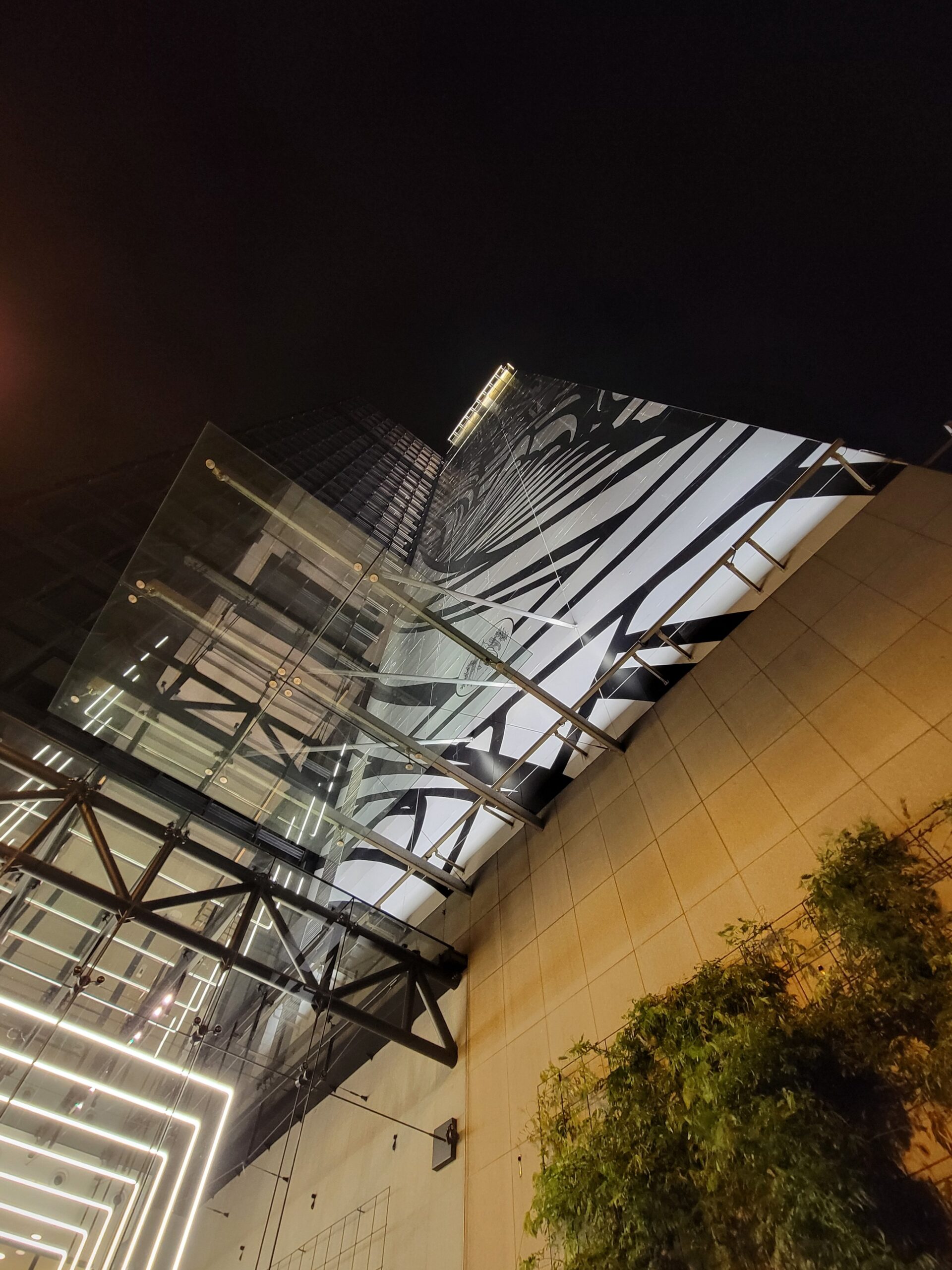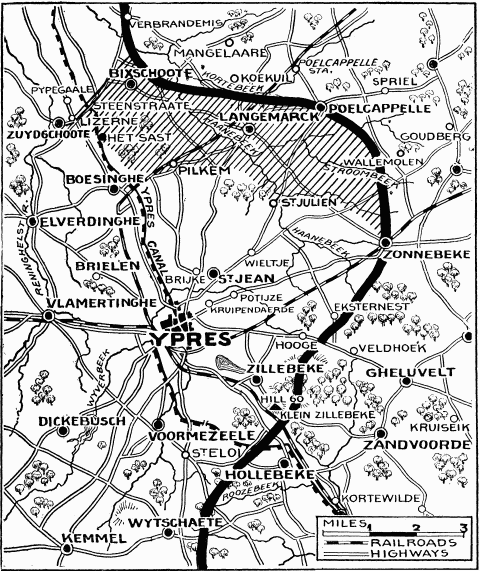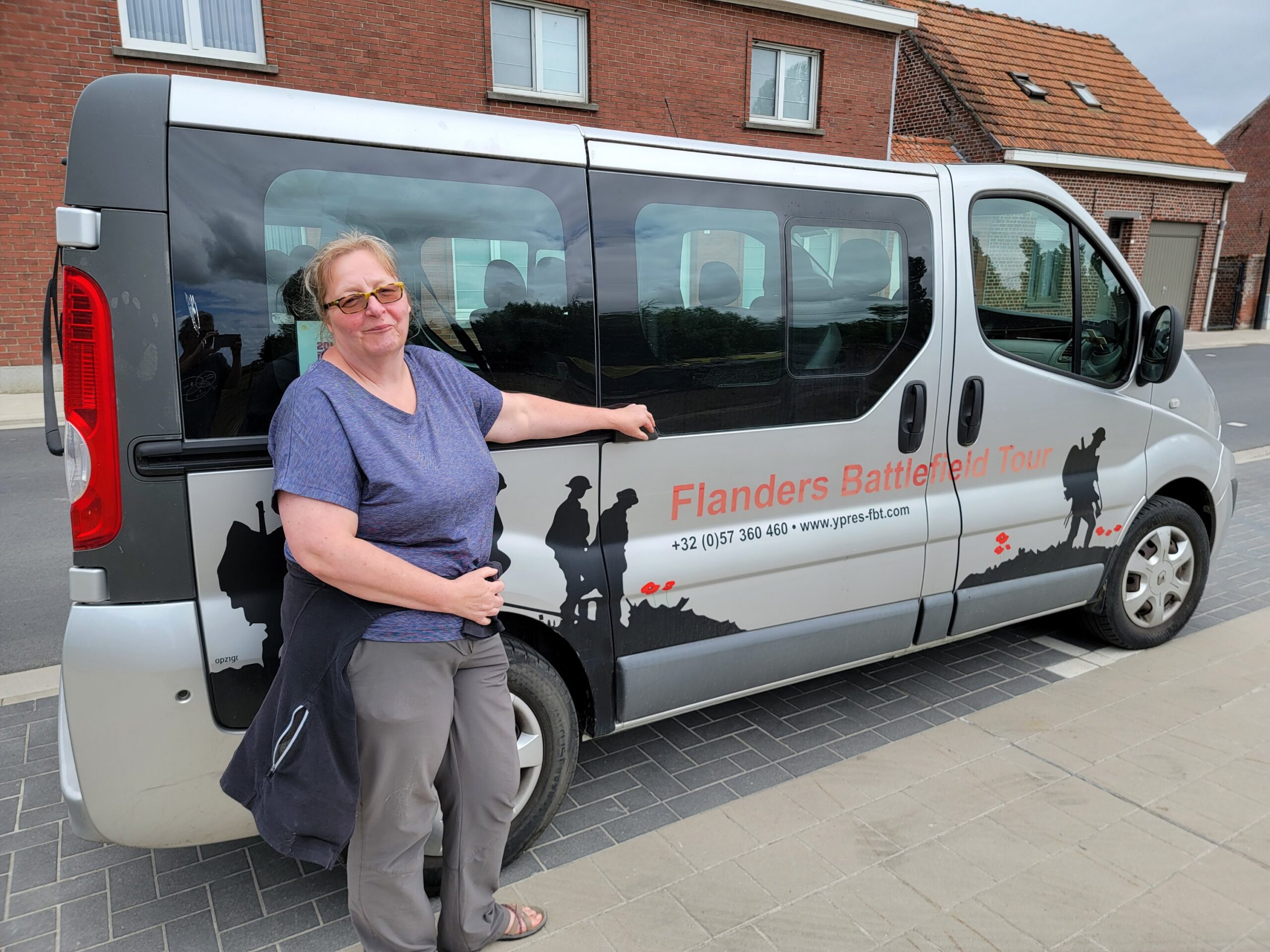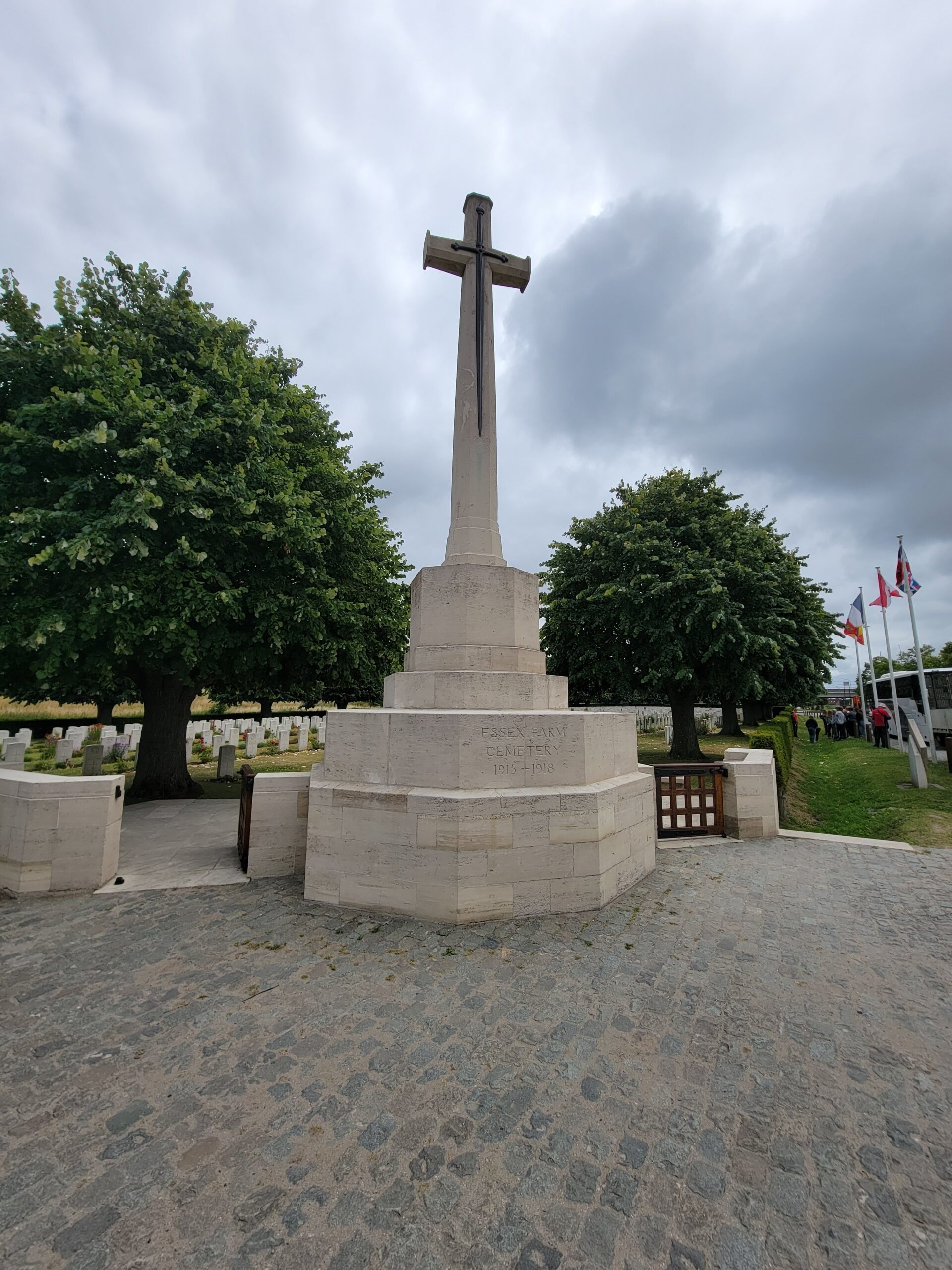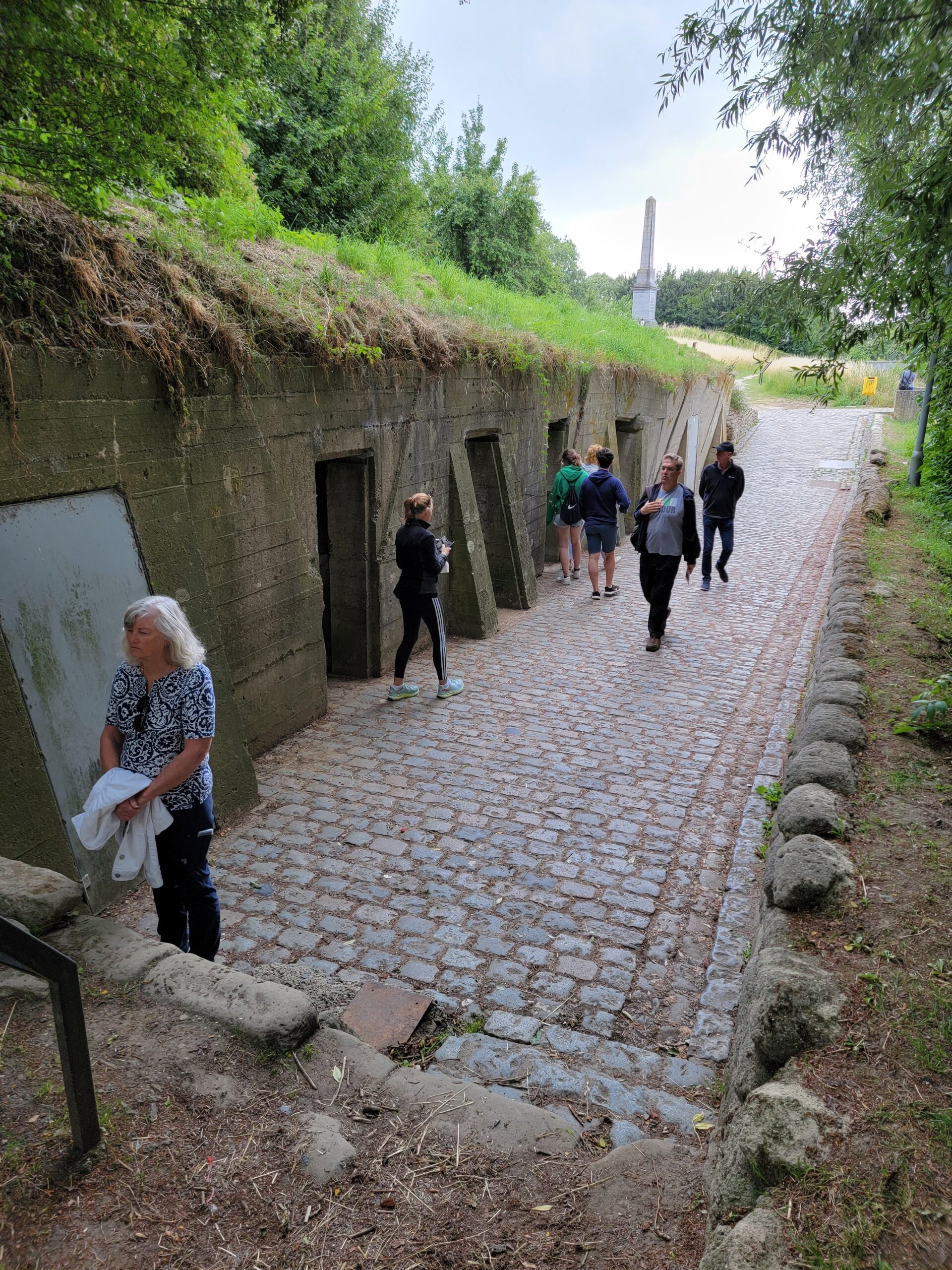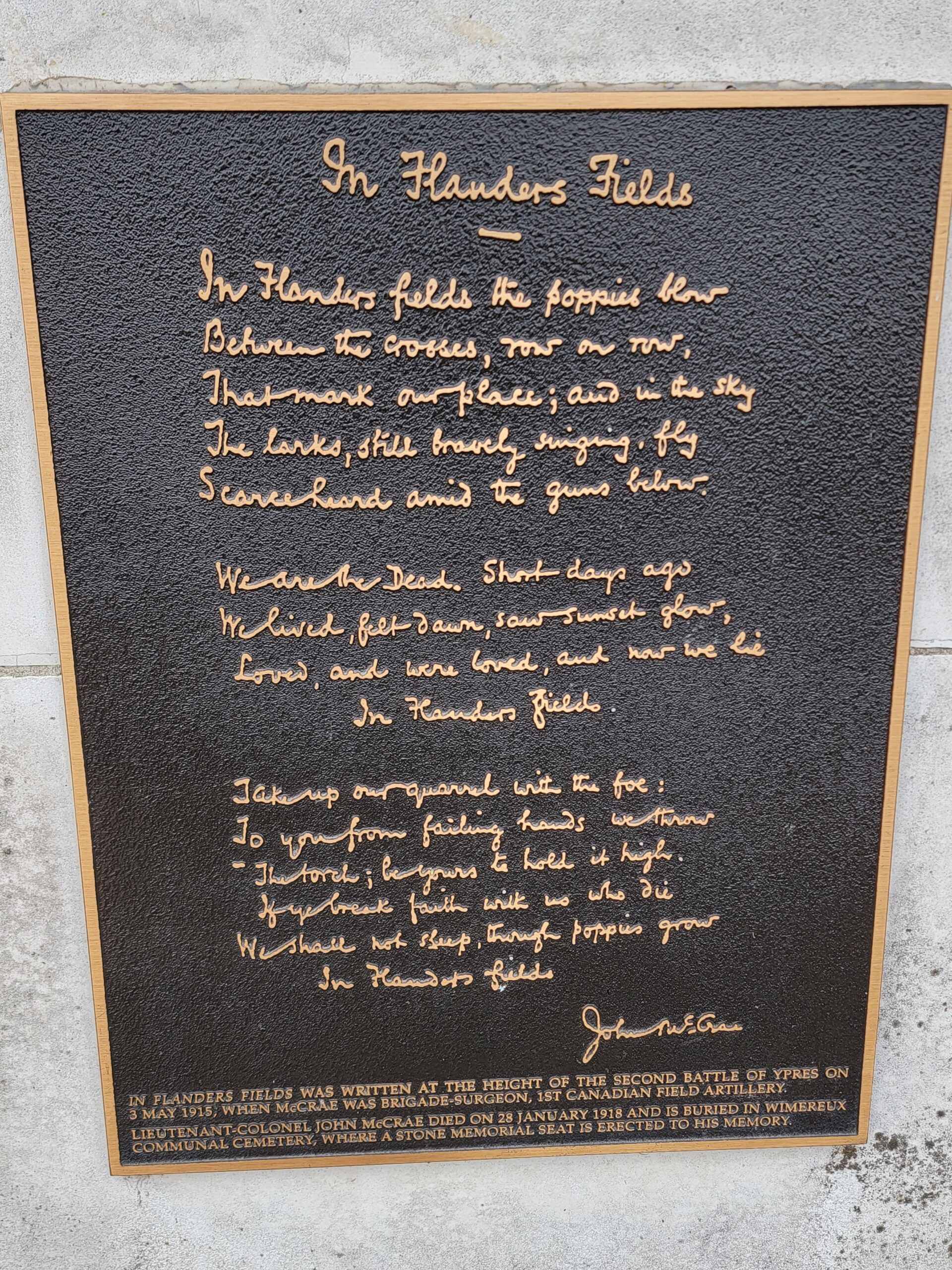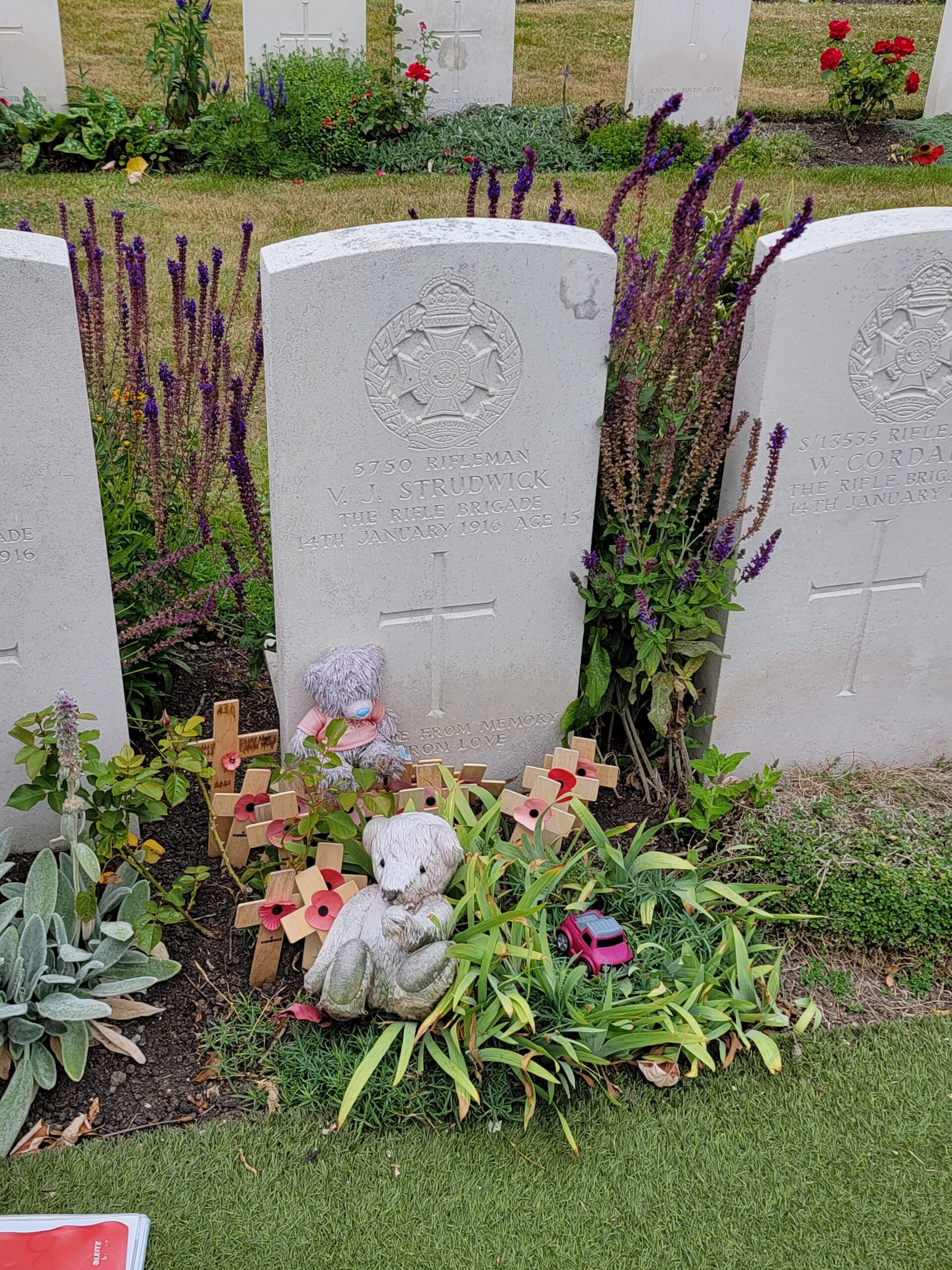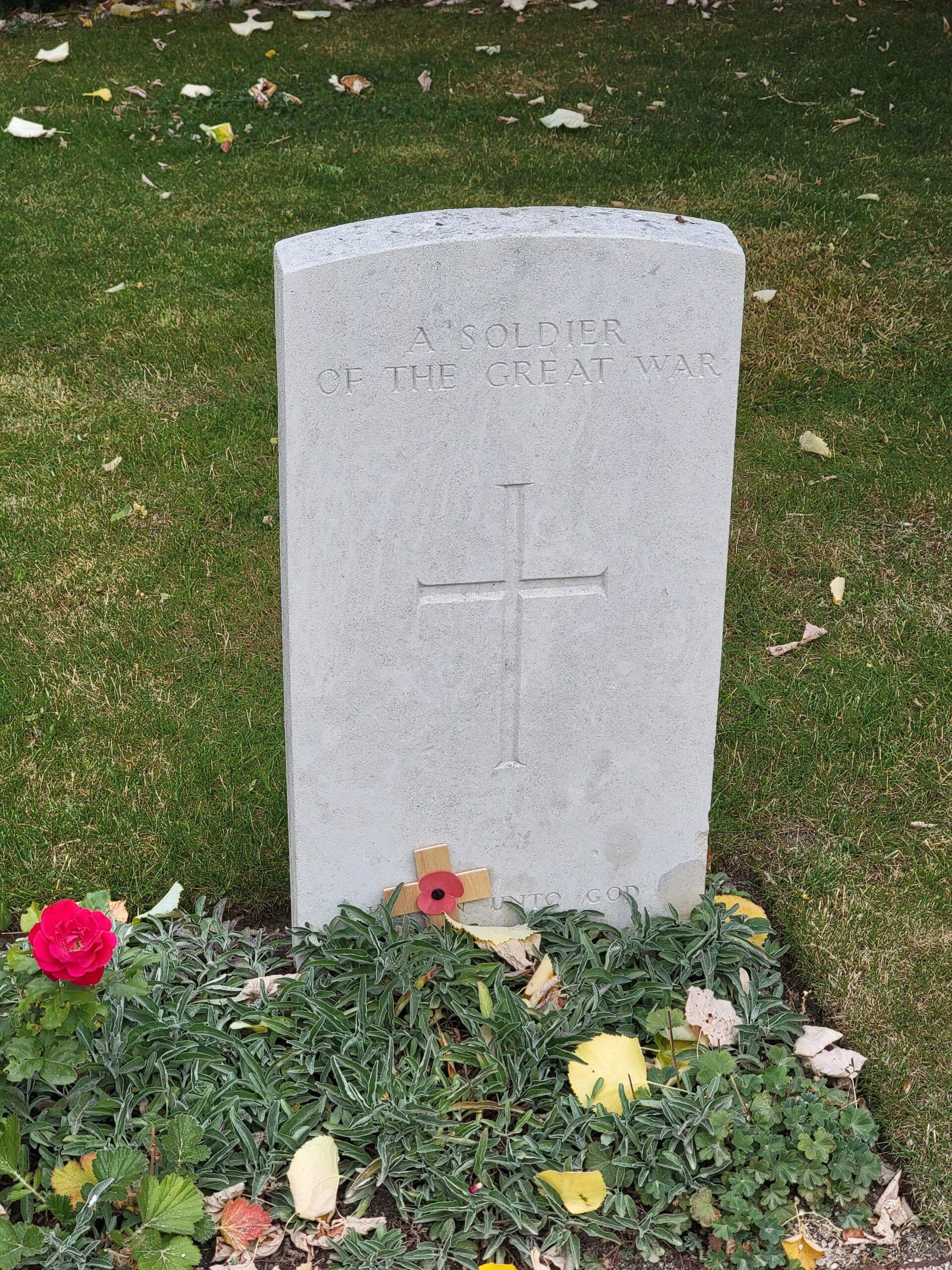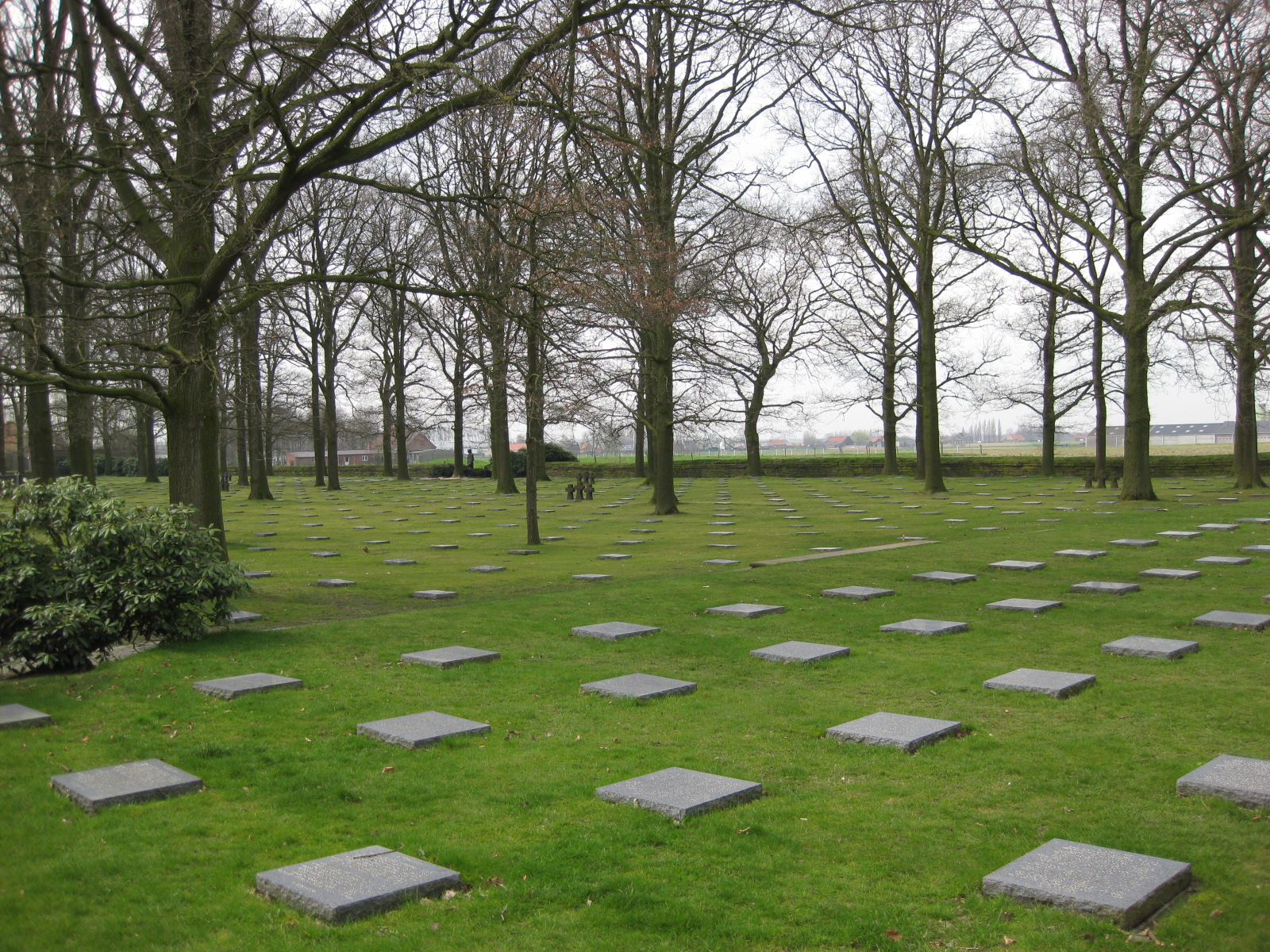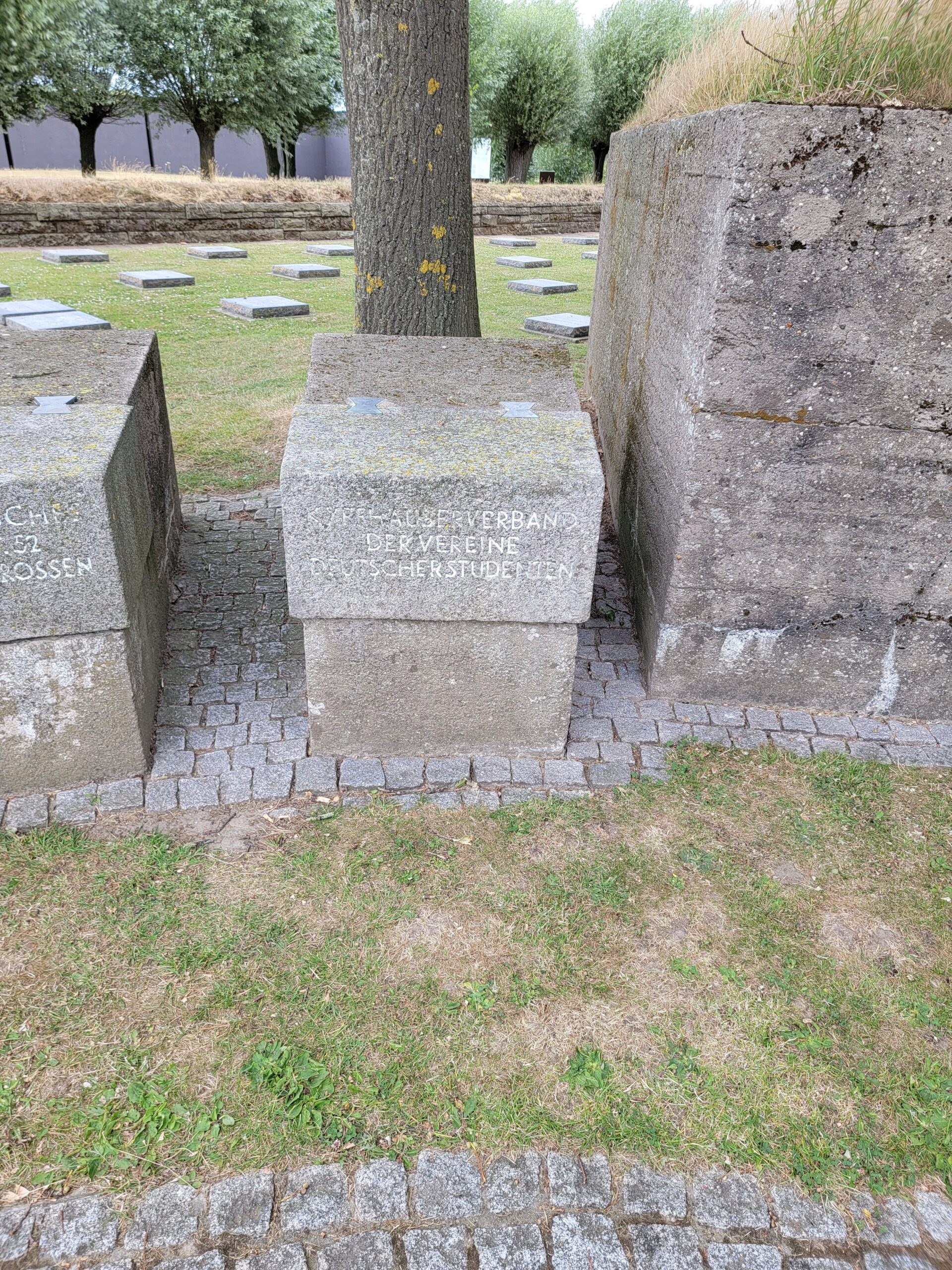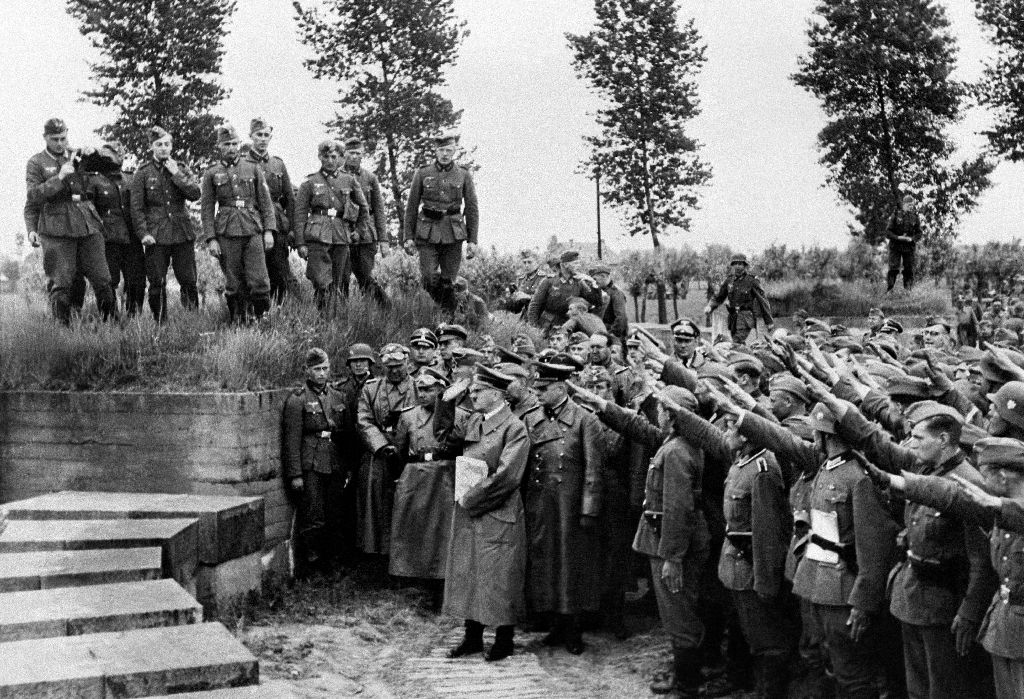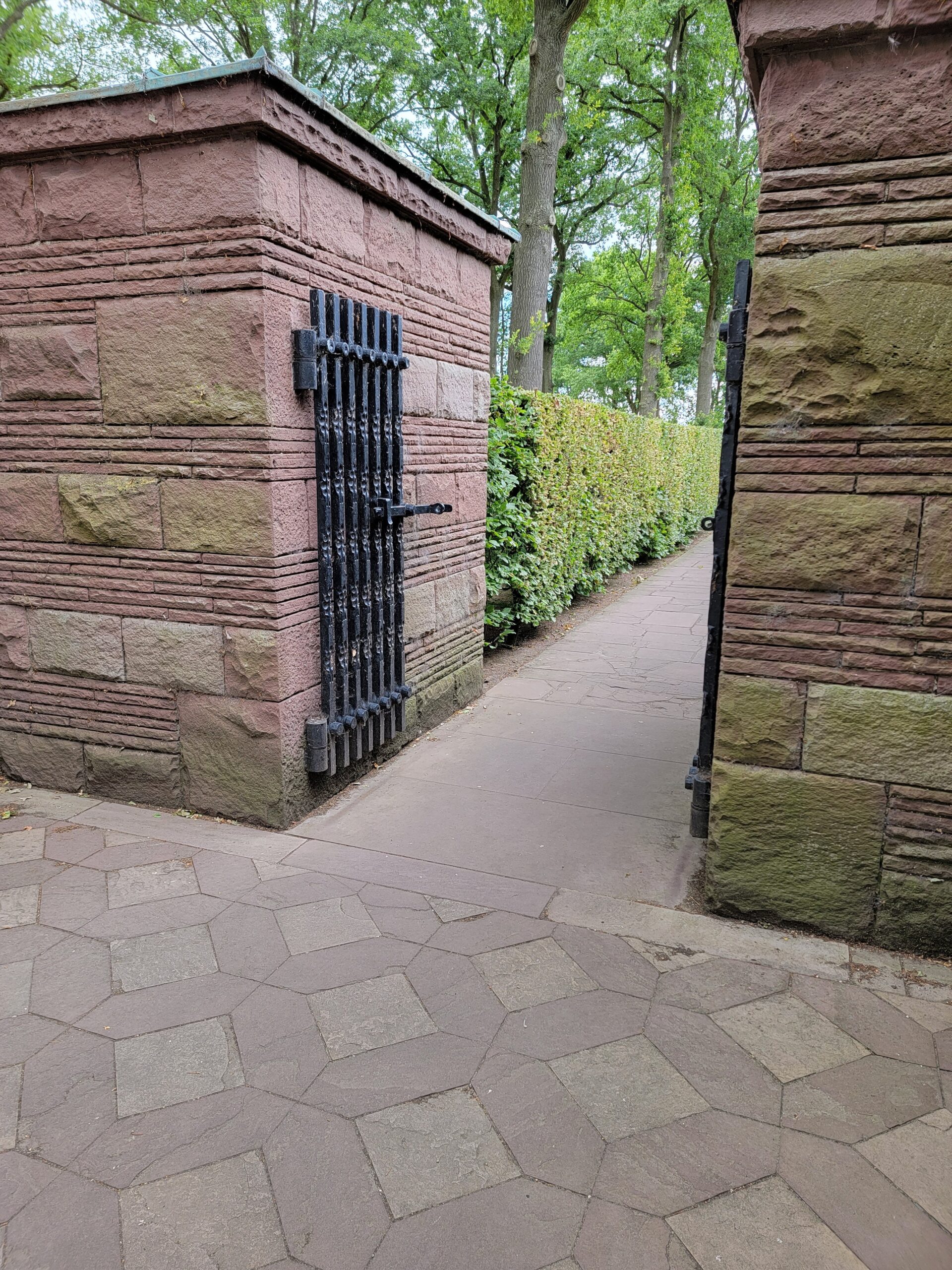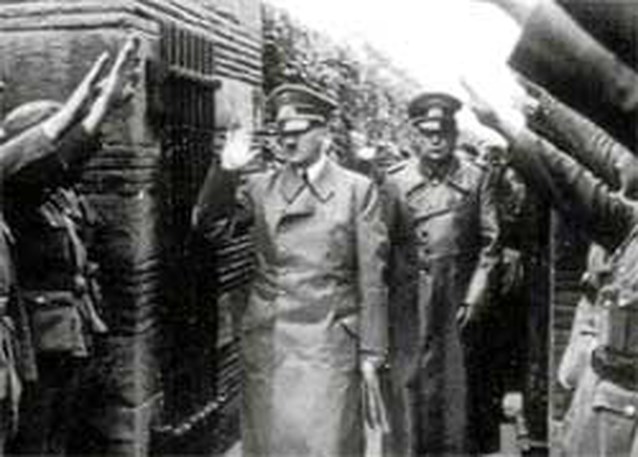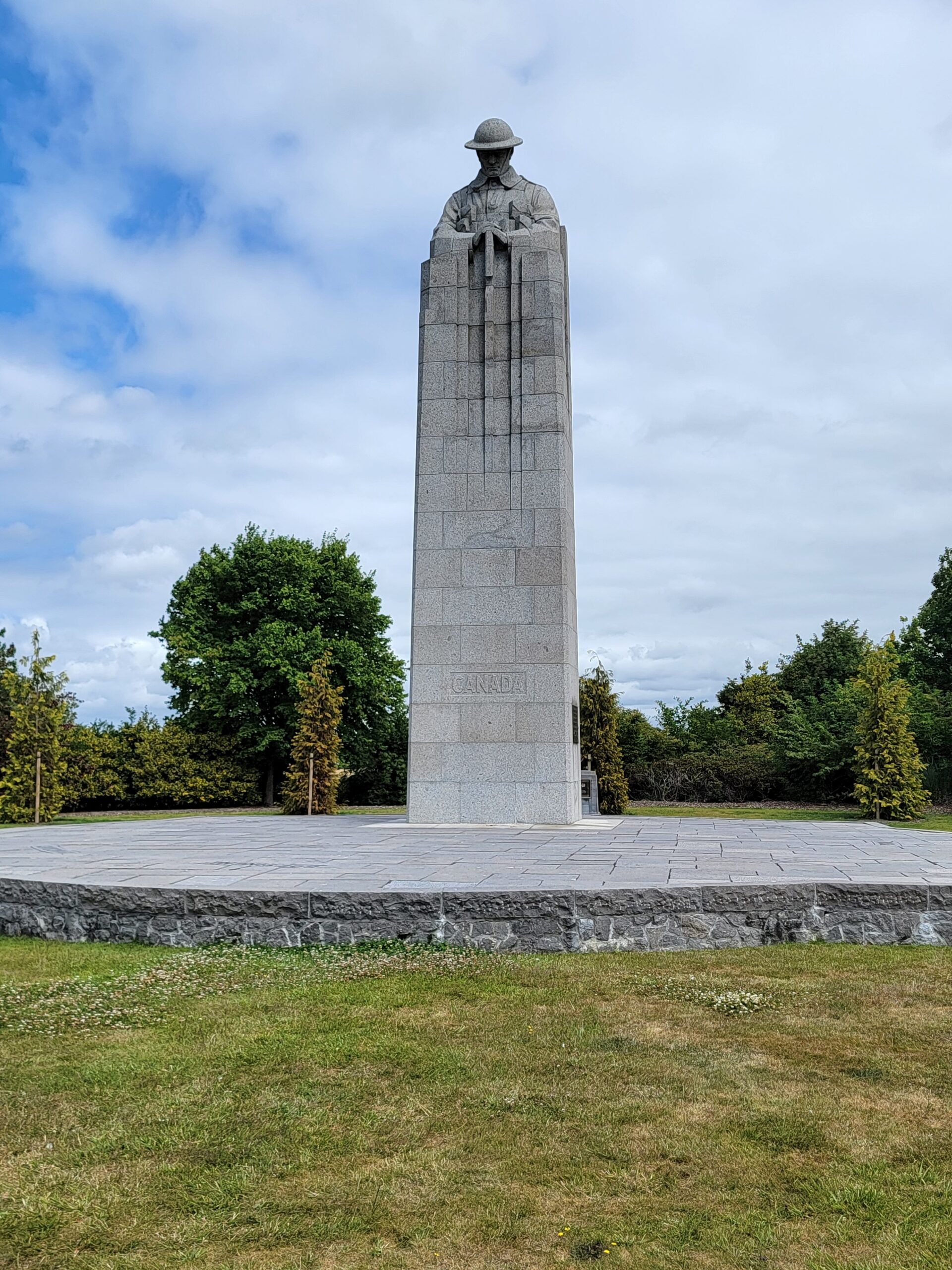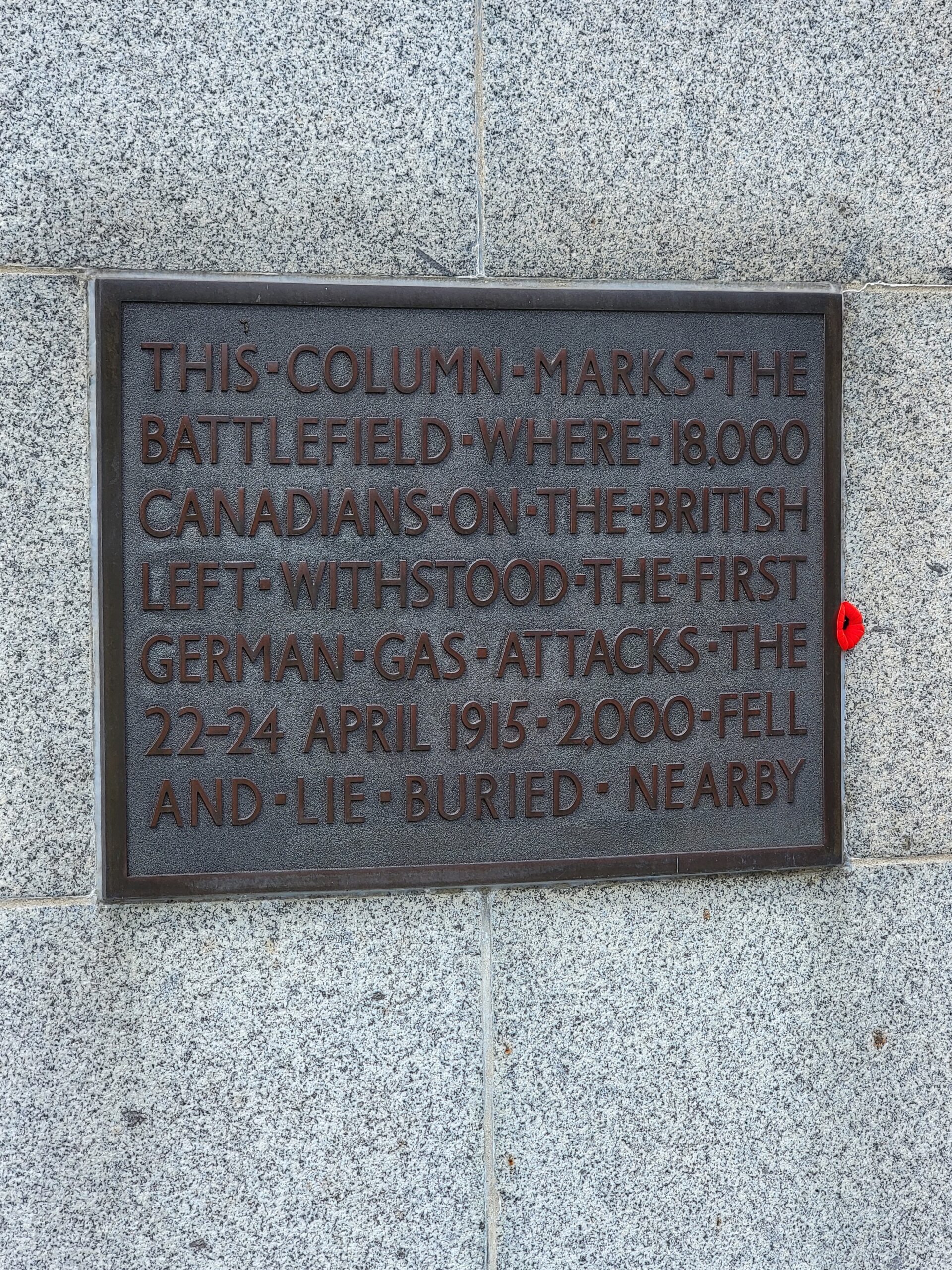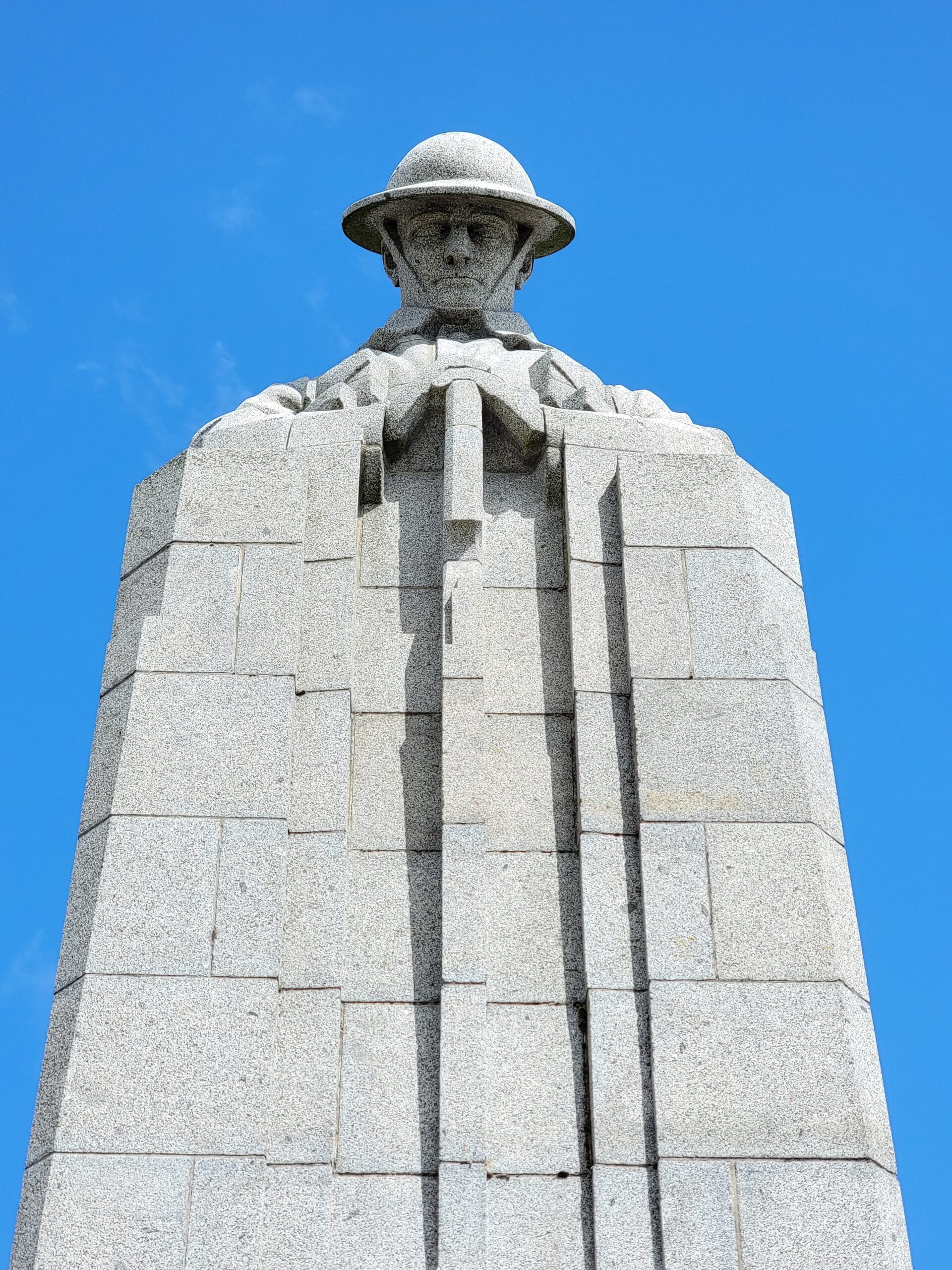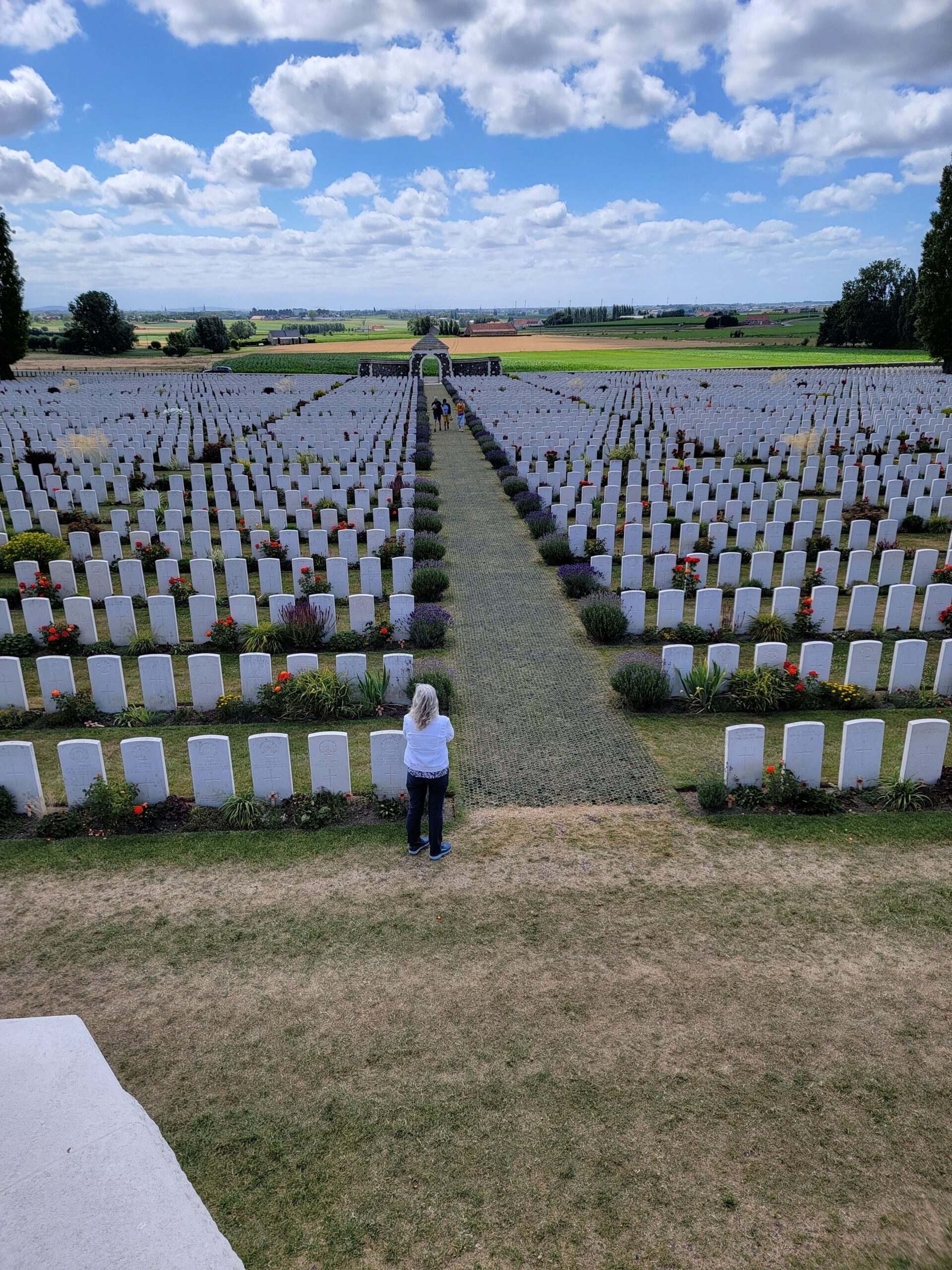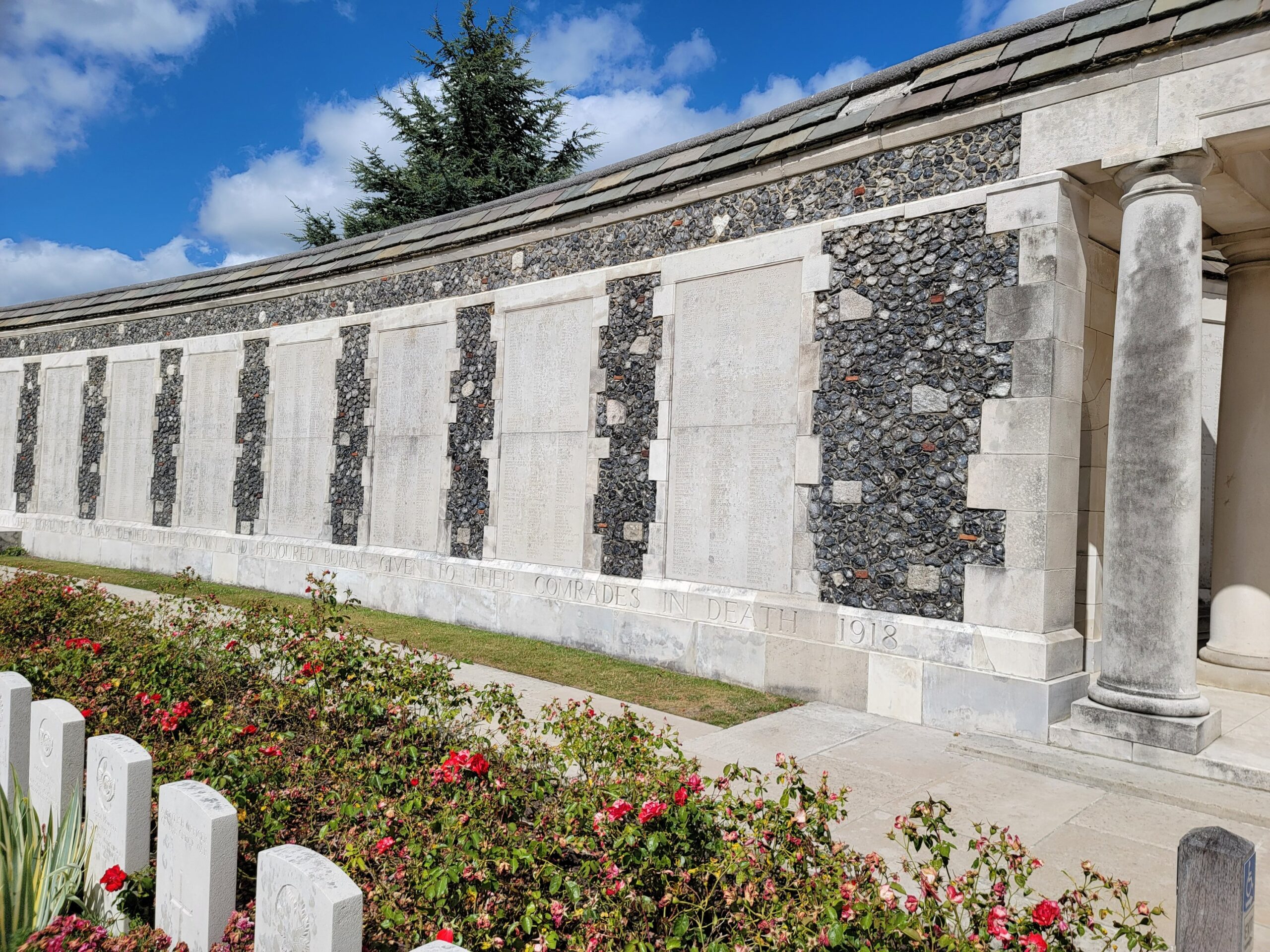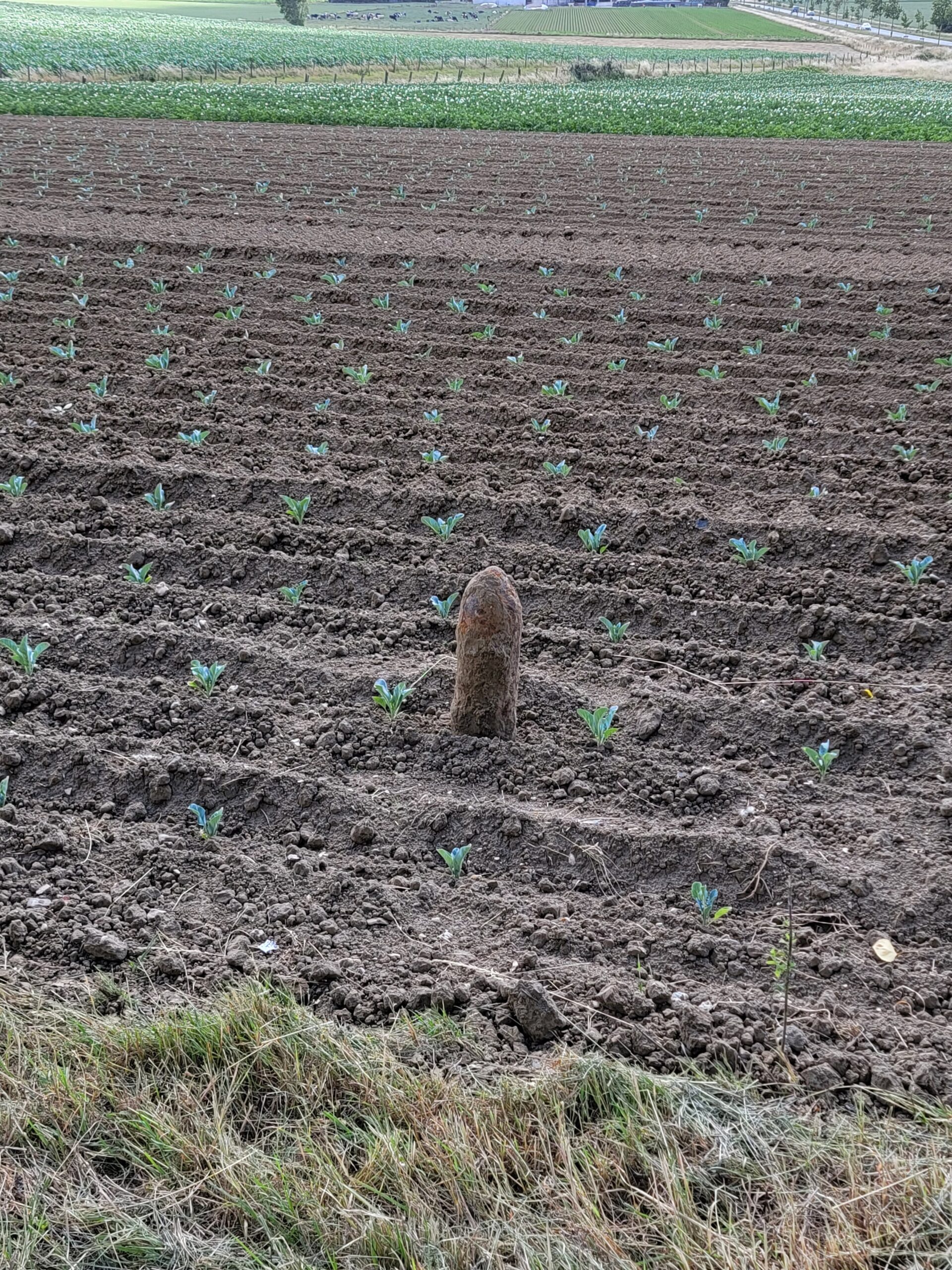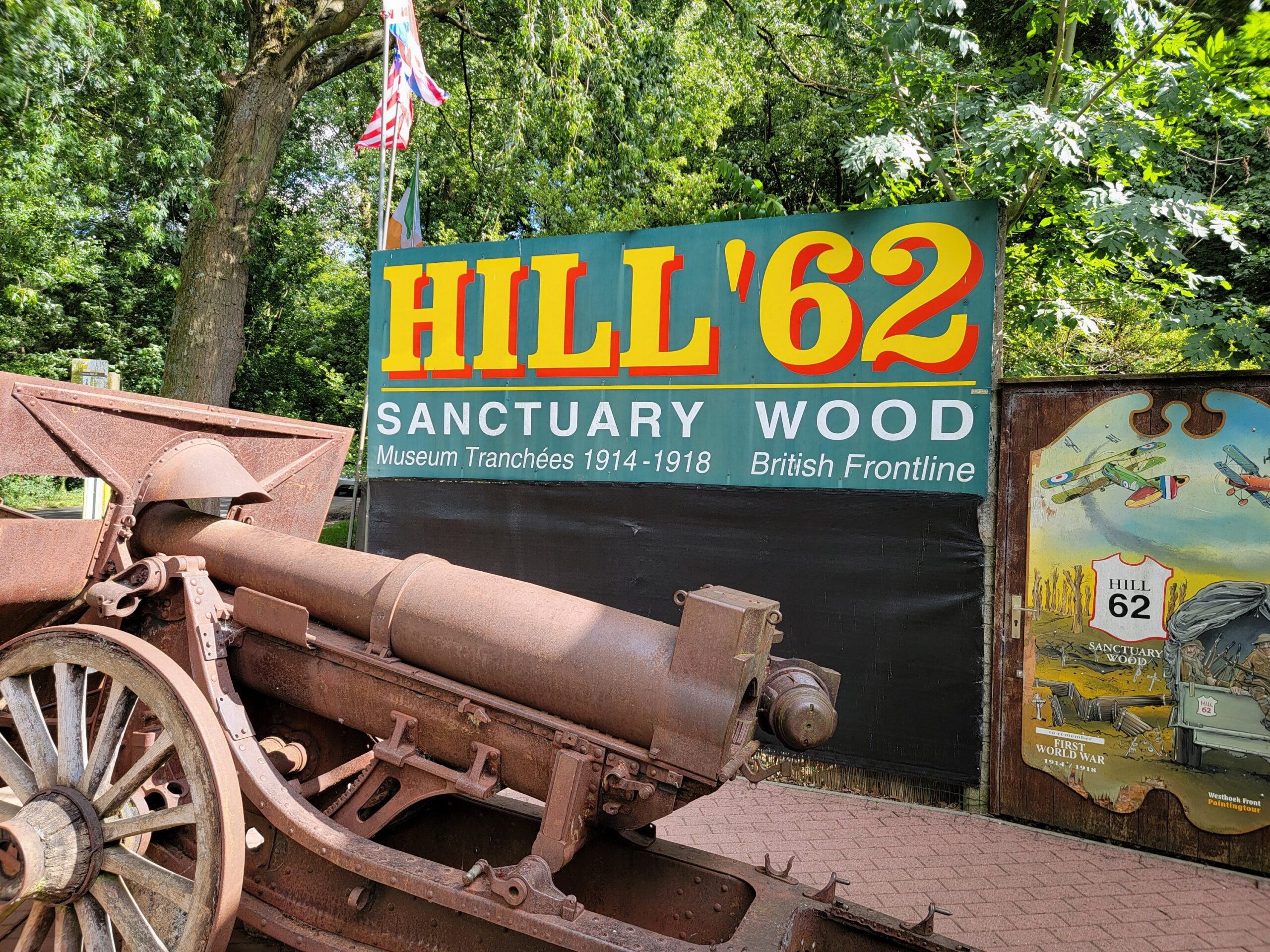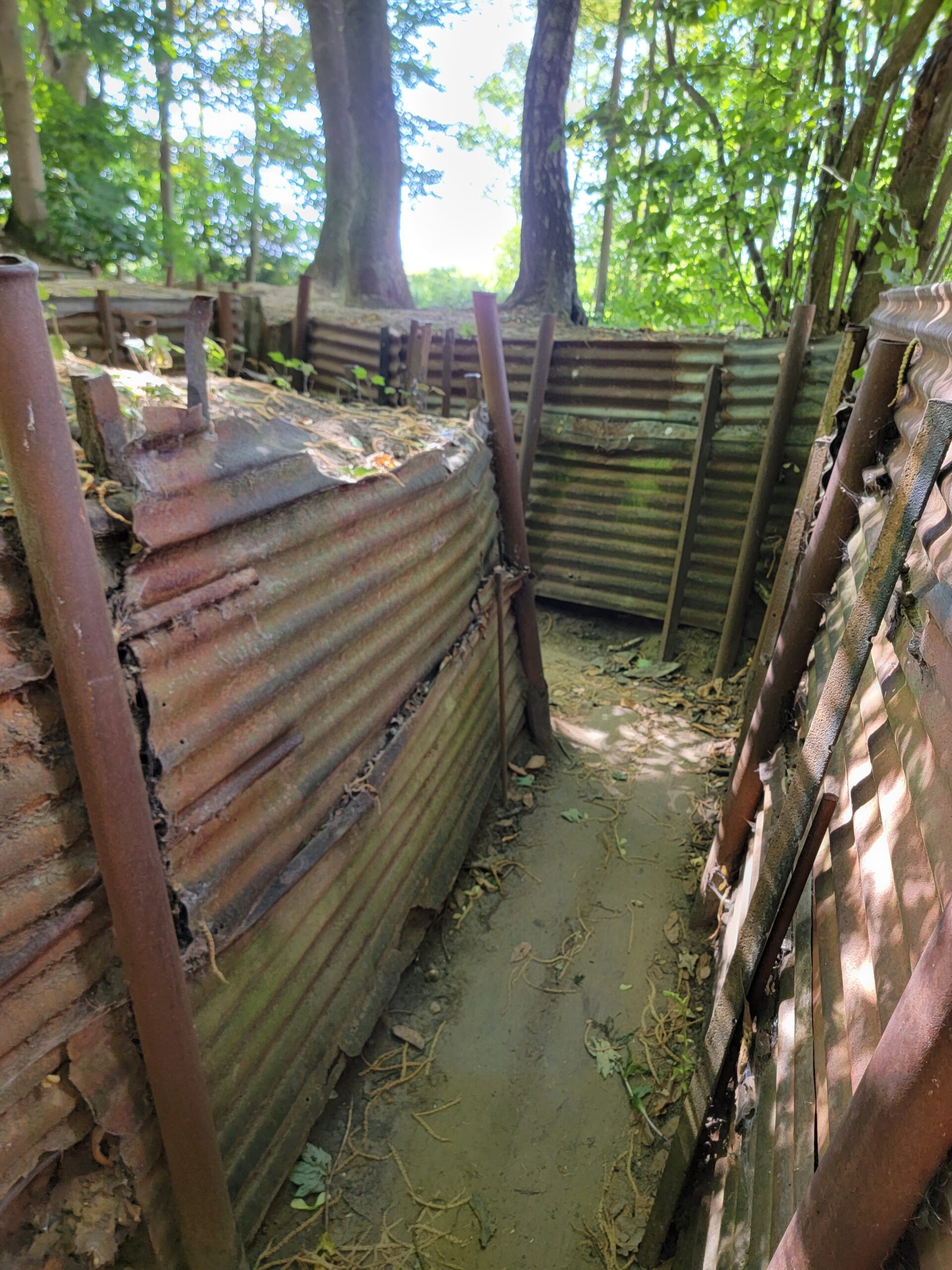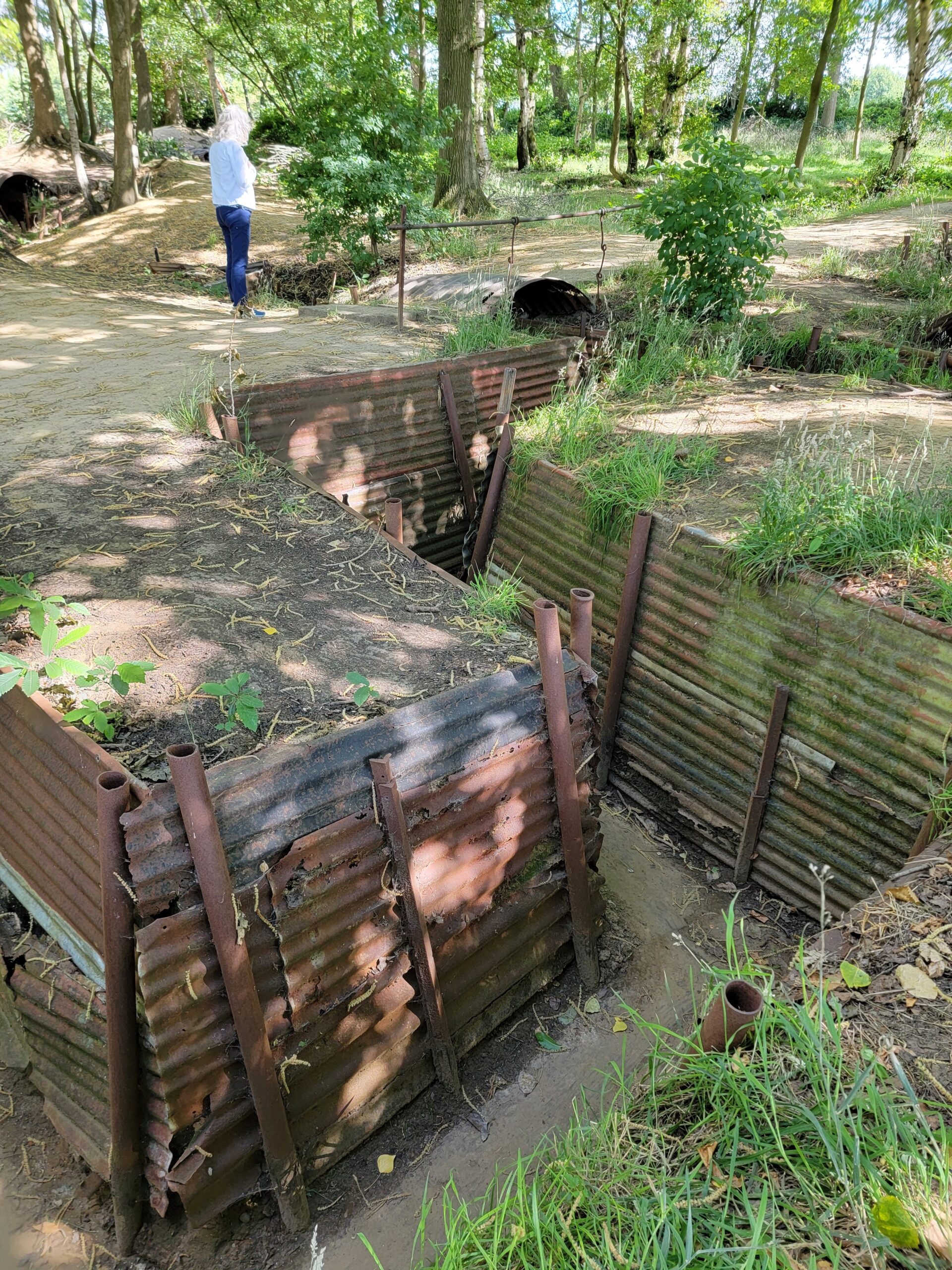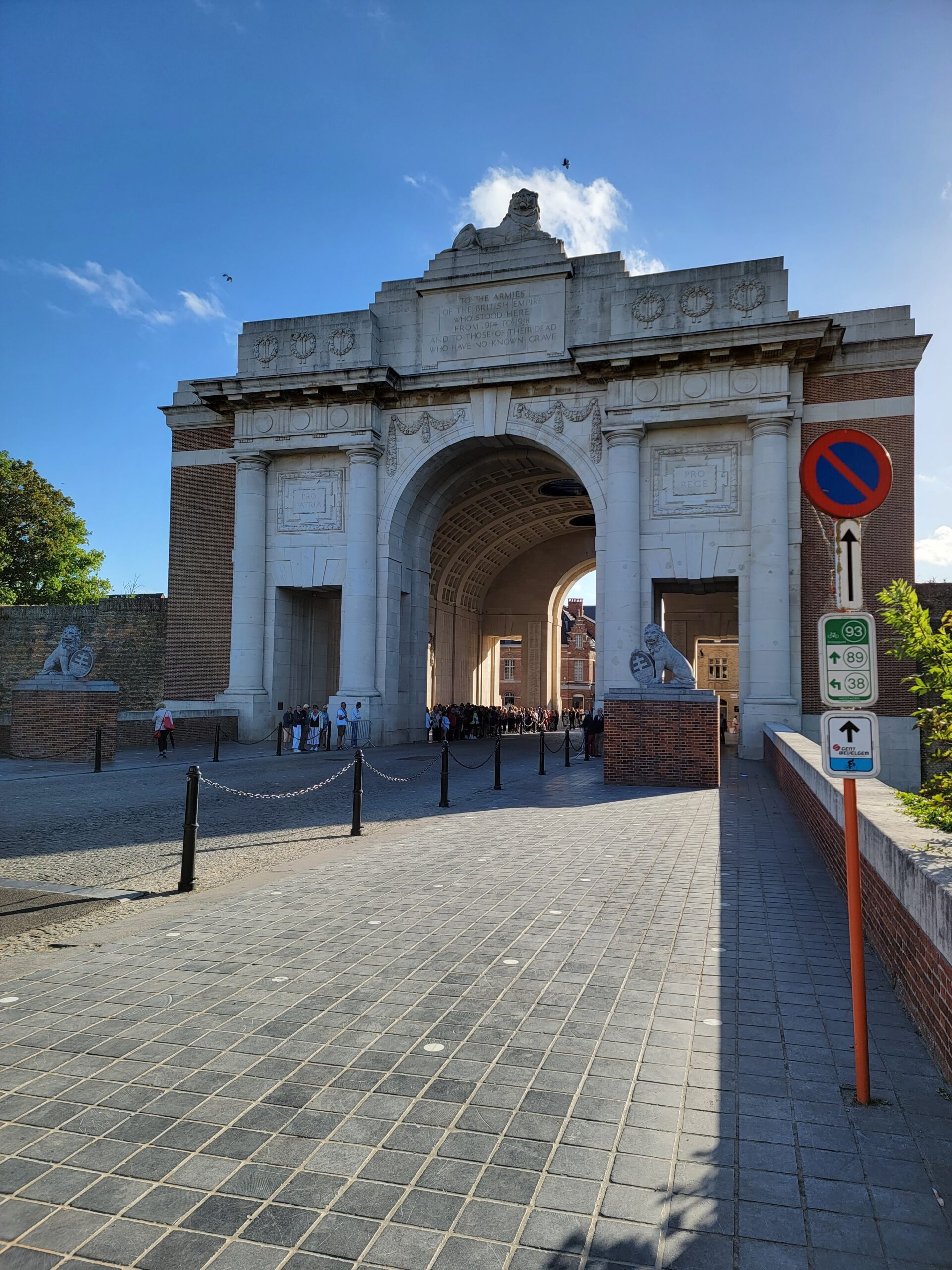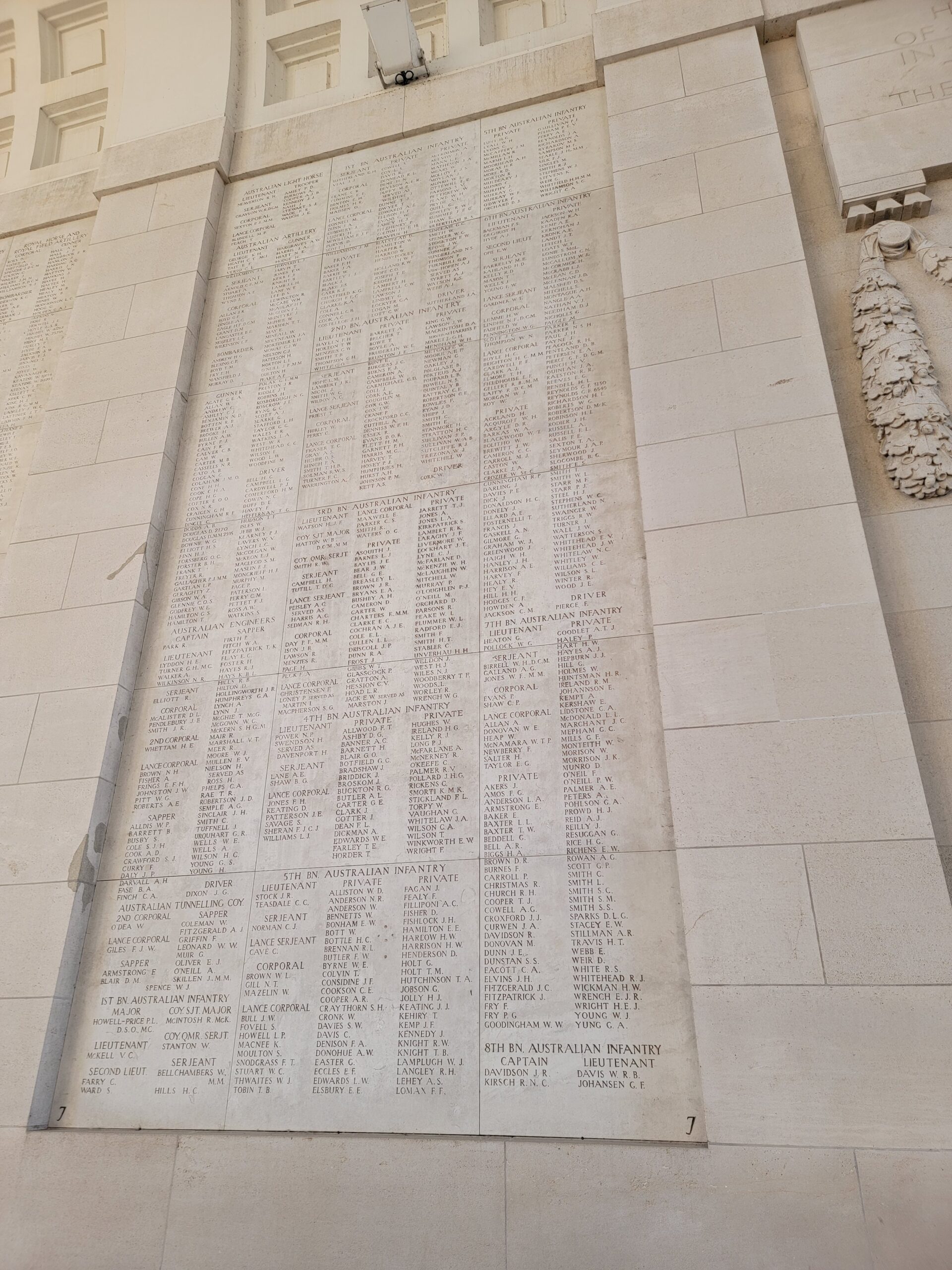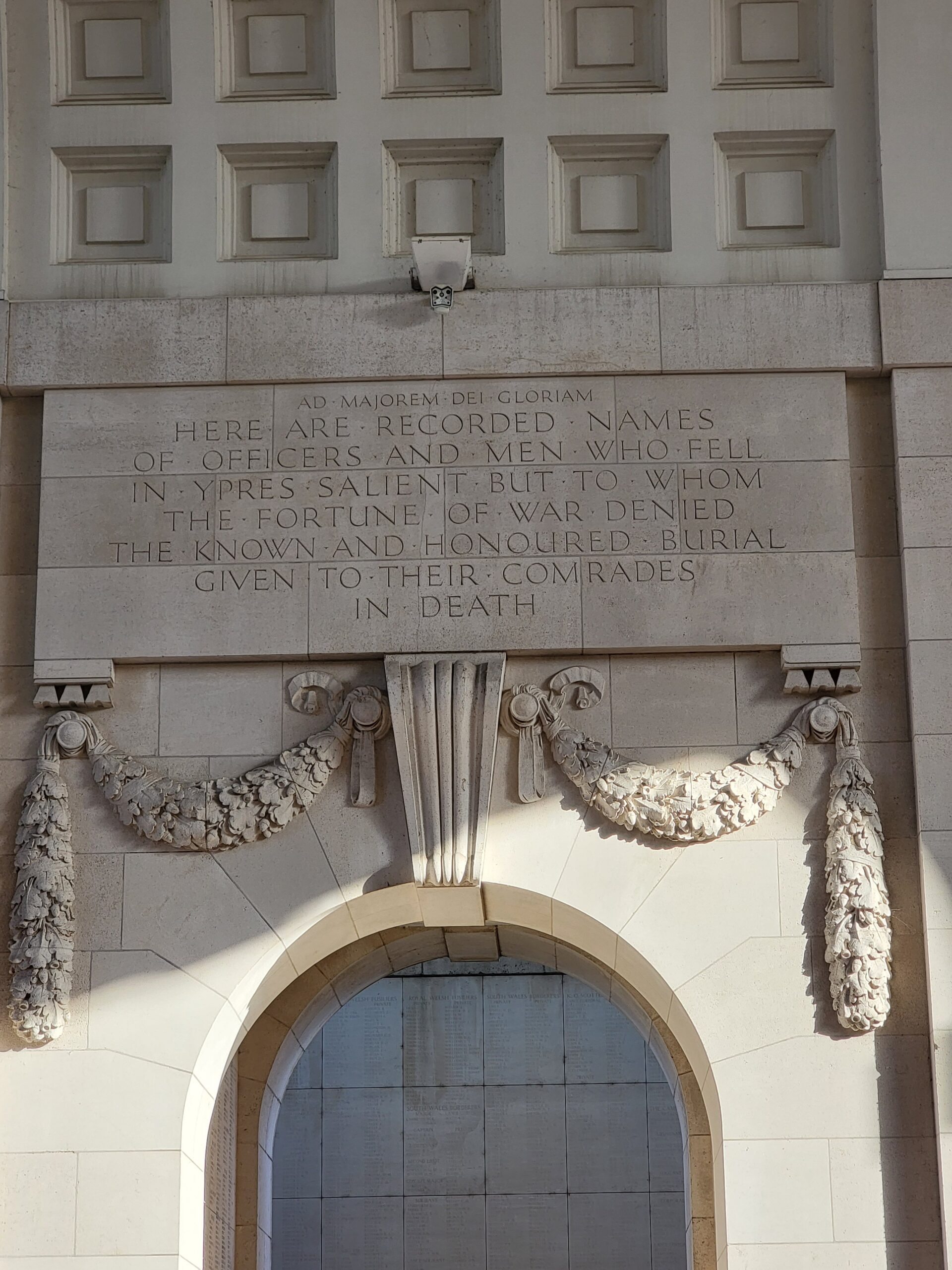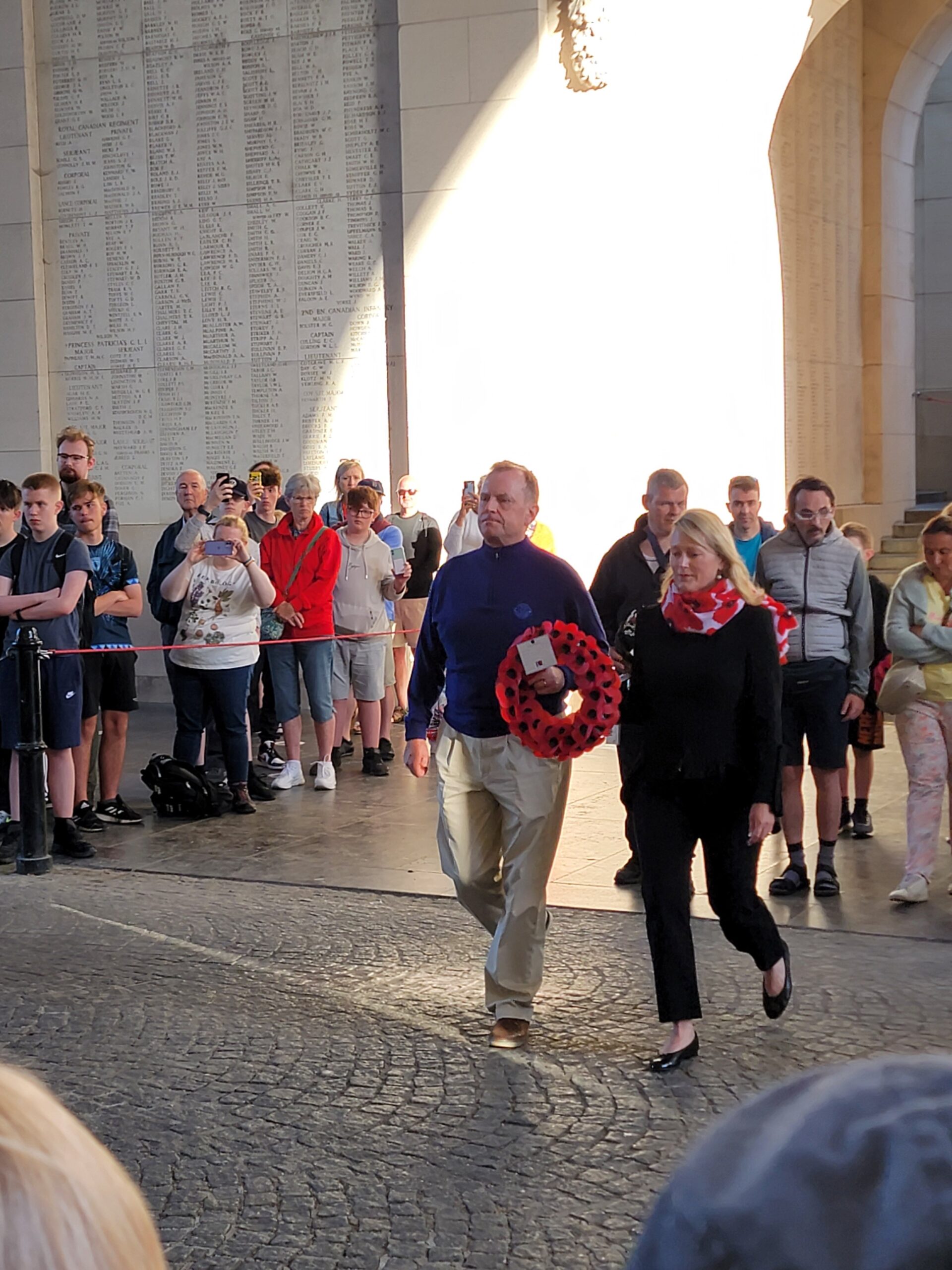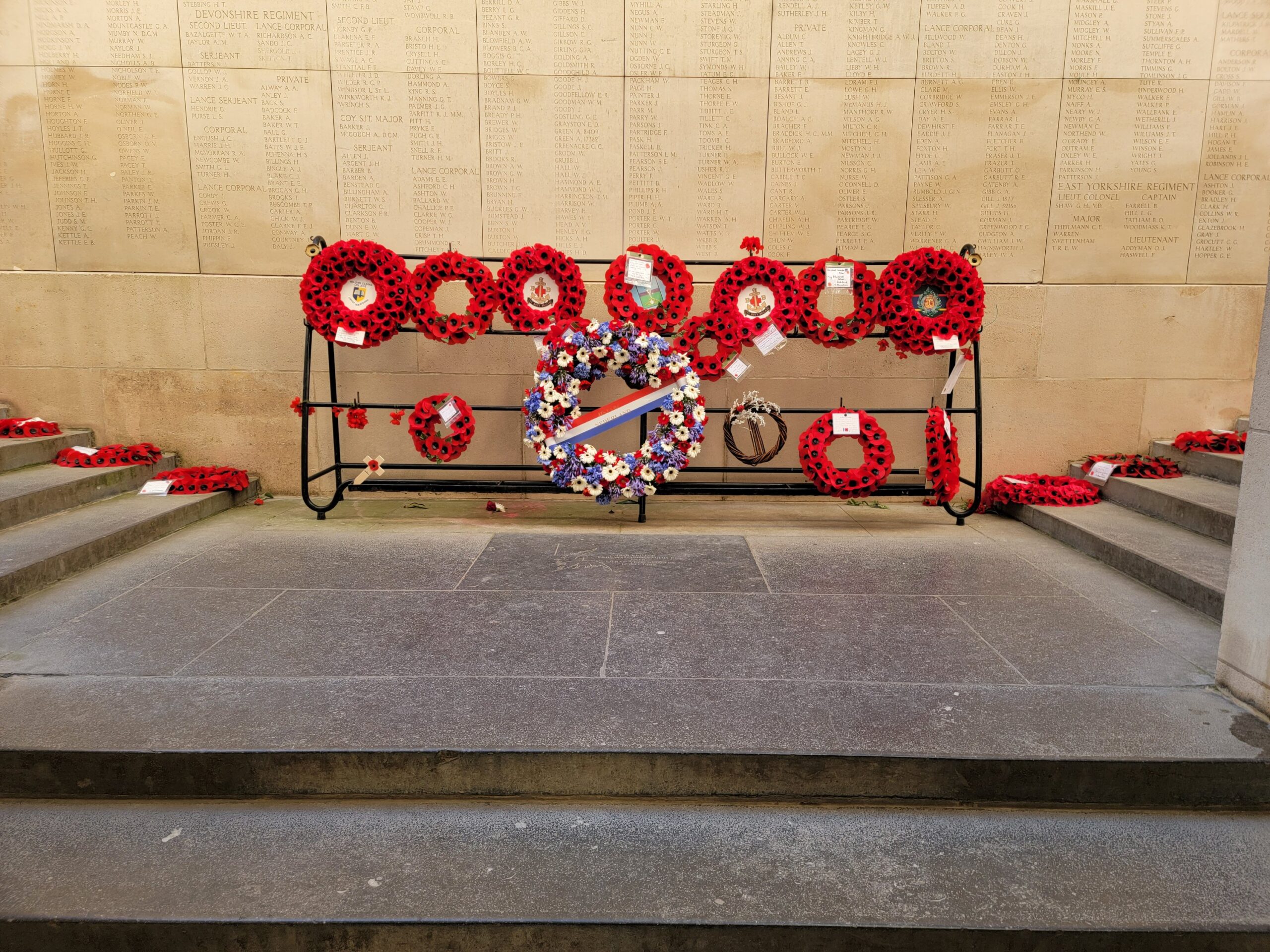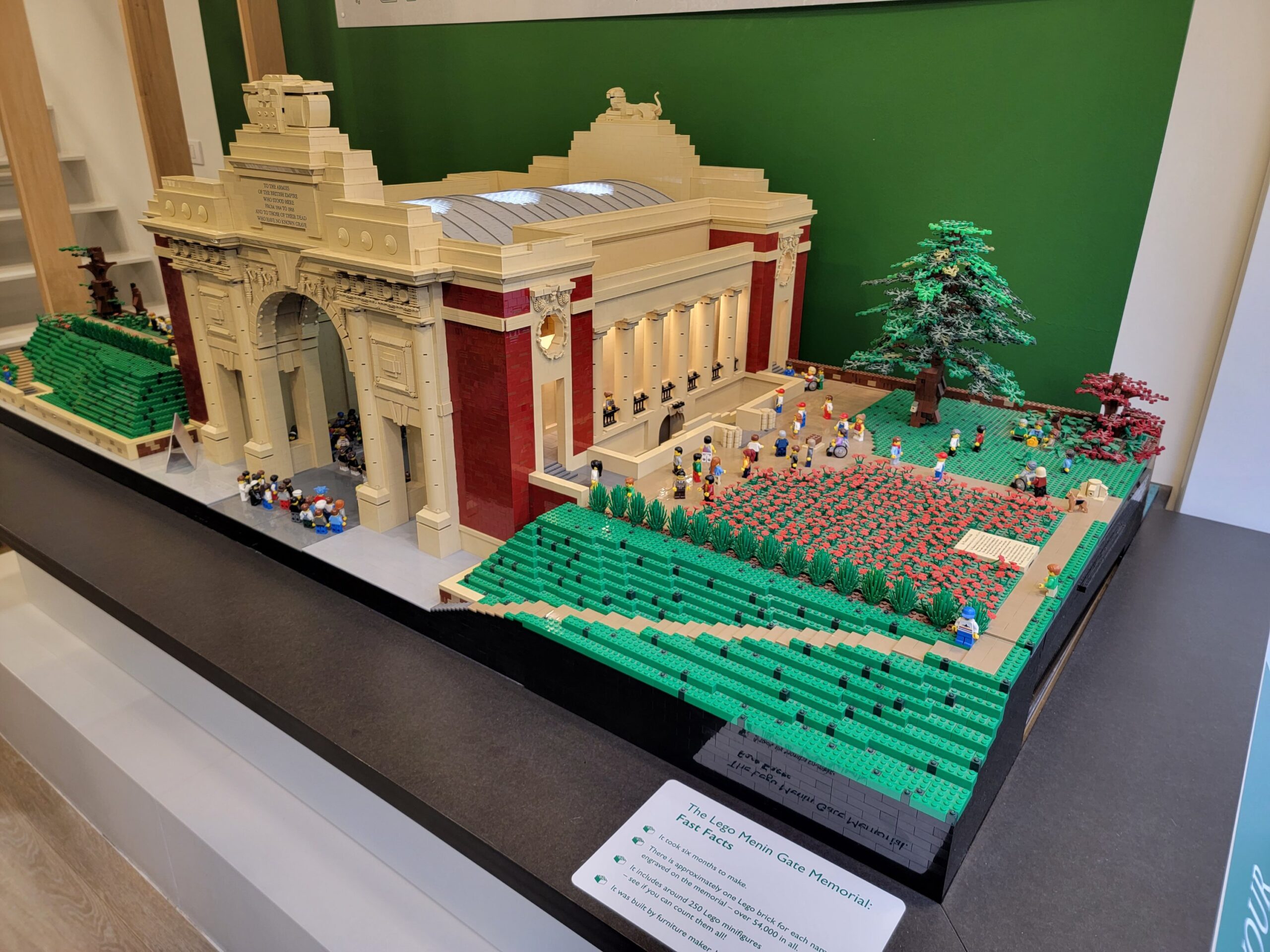Brussels…..where do I start? What a difference from Bruges and Ghent! Our first encounter exiting the train station was trash…everywhere. Then we saw the homeless people…everywhere. What a change! Then there were the obvious immigrants….lots and LOTS of them, seemingly overwhelming the city. I’ve not seen that many hijab’s since I watched Locked Up Abroad, Saudi Arabia! Don’t get me wrong, I have no issues with Muslims or immigrants in particular, but it seemed like we were in a different country, particularly after being in Bruges and Ghent. I would guess at least half the population we encountered in Brussels were not from Belgium.
Our hotel, Le Dixseptieme, is right in the heart of the old part of the city, and with rooms facing into the courtyard, it’s very quiet, which was a blessing, as this city is quite boisterous! We took a walk around the center of town, and strolled down this glass enclosed shopping center called the Galeries Royales. Reminded me of Milan.
It was beer o’clock, so we stopped for a Belgian beer.
This guy was playing chess with up to 5 people at once. He must have been famous at one point in time. I doubt he ever loses. He’s been there every time we have walked by. I’m no chess player, so I didn’t bother embarrassing myself.
The Grand Place is the central square of Brussels. These are by far the most opulent buildings we have seen in Belgium. The building in the first photo appears to be a bank. There is a Hard Rock Cafe next door. Americans are such a bad influence.
Below is the Brussels Town Hall, built in the 15th century. Stunning architecture!
I couldn’t determine what this building on the north side of the Grand Place was meant for, but it did house a Starbucks. What the hell are these people thinking?? Starbucks? So sad.
We found another Belgian Beer tasting later that afternoon. This was from a brewery called Brewdog. They were ok, but nowhere near as good as Gruut from Ghent. I wish Gruut exported to the US!
We figured out the local metro system and visited one of Belgium’s most popular attractions, the Atomium.
This structure was originally constructed for the 1958 World’s Fair, and it wasn’t expected to last too long afterwards. So much for that! The design represents an iron crystal magnified 165 billion times, roughly the equivalent of what Biden plans to do to gas prices before the end of his term. The insides of each sphere house exhibit halls, while the top sphere holds a viewing platform and a restaurant. The below view is from the top looking down on Mini-Europe, an attraction that looks a lot like Legoland (we skipped this one, we’ve seen Legoland…too many times).
We did get a Belgian beer and a snack in the restaurant at the top. You can see the curvature of the walls in the photo.
There are various escalators taking you to each sphere. This one had a light show that mimicked something you’d see at Space Mountain.
One of the exhibit areas had a pamphlet that declared the miraculous future of Atomic Energy! While I agree that nuclear energy is our best bet going forward, this didn’t age well with the 60’s generation.
More light shows! Felt like a disco!
Some of the best views were from one sphere to another.
I saw this sculpture online and had to find it and take a photo. We need one of these in my home town!
Kim in front of the Palace of Brussels. Looks like they fashioned their gates after Buckingham Palace.
I saw this statue of Mercator and I had to take a shot. As somebody who has a degree in Navigation, Mercator is a God!
This Belgian beer was sooo good I didn’t even think to take a picture until it was nearly gone!
We visited the Royal Museum of Fine Arts, that houses hundreds of Flemish artists works.
Our favorites were by Pieter Brueghel the Elder, and Pieter Brueghel the Younger, his son. Most of their best works are in this museum in their own section. This first one was painted by the Elder, and is called Census at Bethlehem, painted in 1566. It is one of the first paintings in western art to feature a snow landscape and was painted in the aftermath of the harsh winter of 1565. You can see Joseph and Mary at the bottom of the painting.
The Younger painted the same scene multiple times, as copies were highly sought after after his fathers death. Below is one of those copies. He changed up the colors, but pretty much duplicated the rest. It’s interesting that he had very similar artistic traits as his father, even though his father died when he was just 5 years old.
The museum made a pretty big deal about this painting, The Death of Morat. This 1793 painting by Jacques-Louis David depicts the murder of his friend Jean-Paul Marat, a French revolutionary leader. Art historian T. J. Clark called David’s painting the first modernist work for “the way it took the stuff of politics as its material, and did not transmute it”. Ok. While this original painting is in this museum, they have multiple copies with various people in the place of Marat. On the first floor when we first entered they had a video piece of Lady Gaga in the same pose, with audio playing of her repeating something over and over. Very bizarre, and this is your first intro to the museum! Fortunately it was all uphill afterwards.
We also went into the Magritte museum, which is attached to the Royal Museum. This is one of our favorite pieces of his art.
There were more on the bottom floor of the museum that we wanted to see, but they closed before we could get there. It was quite odd, they gave an announcement that they were closing in 10 minutes, and we were right there, but they wouldn’t let us into the last section during that time. Damn Nazi’s! We about went postal!
Our last night in Brussels was our 30th Anniversary, so we went to a special restaurant, La Villa in the Sky. This is on the 25th floor of a business building, looking out over Brussels.
This was the view from our table.
This was the view by the end of the night. Yes, it was a long meal, but it was definitely worthy of the Michelin Star the restaurant has.
Looking up at the restaurant from the ground.
Next up, we head to Namur, pick up our rental car, and explore the Ardennes region of Belgium.
